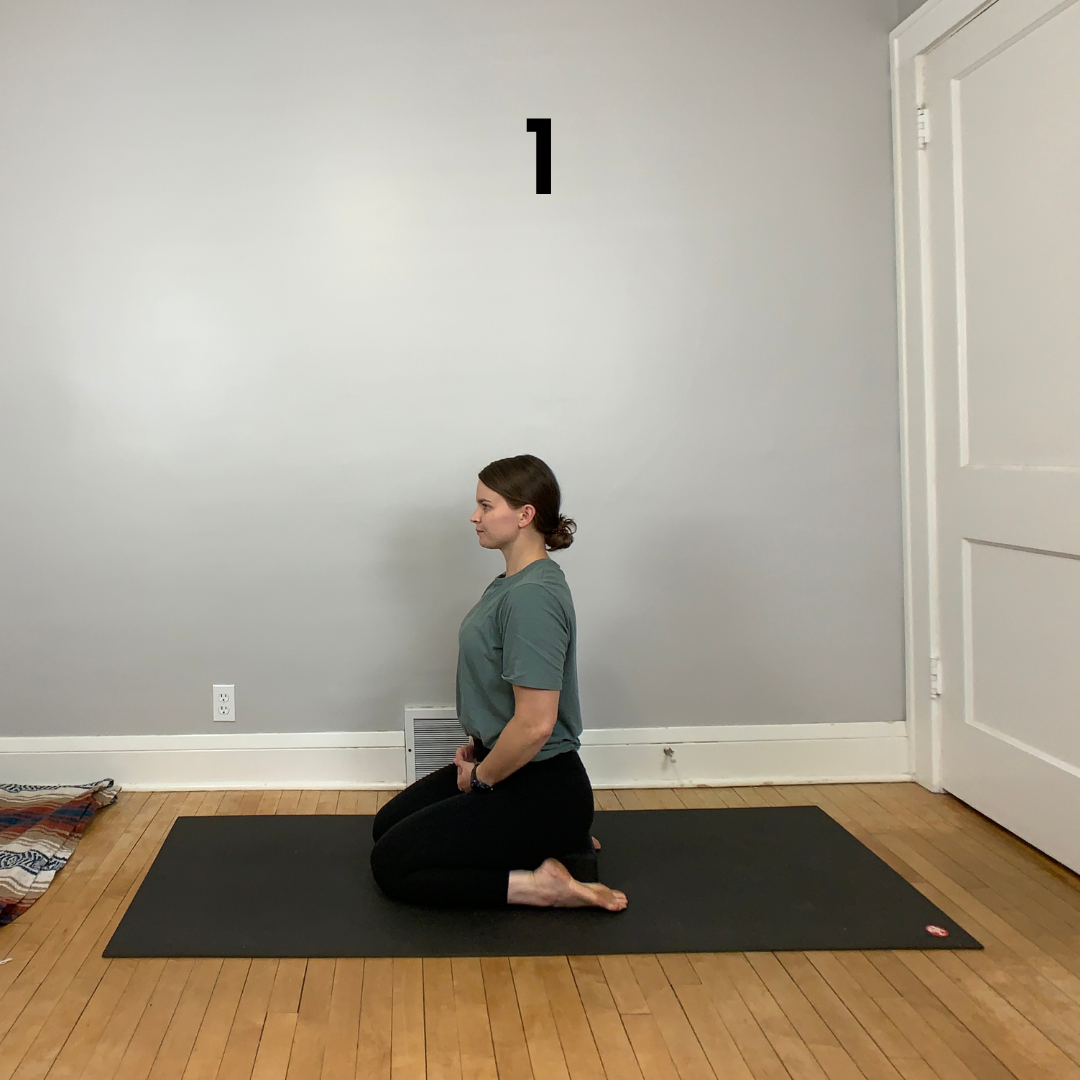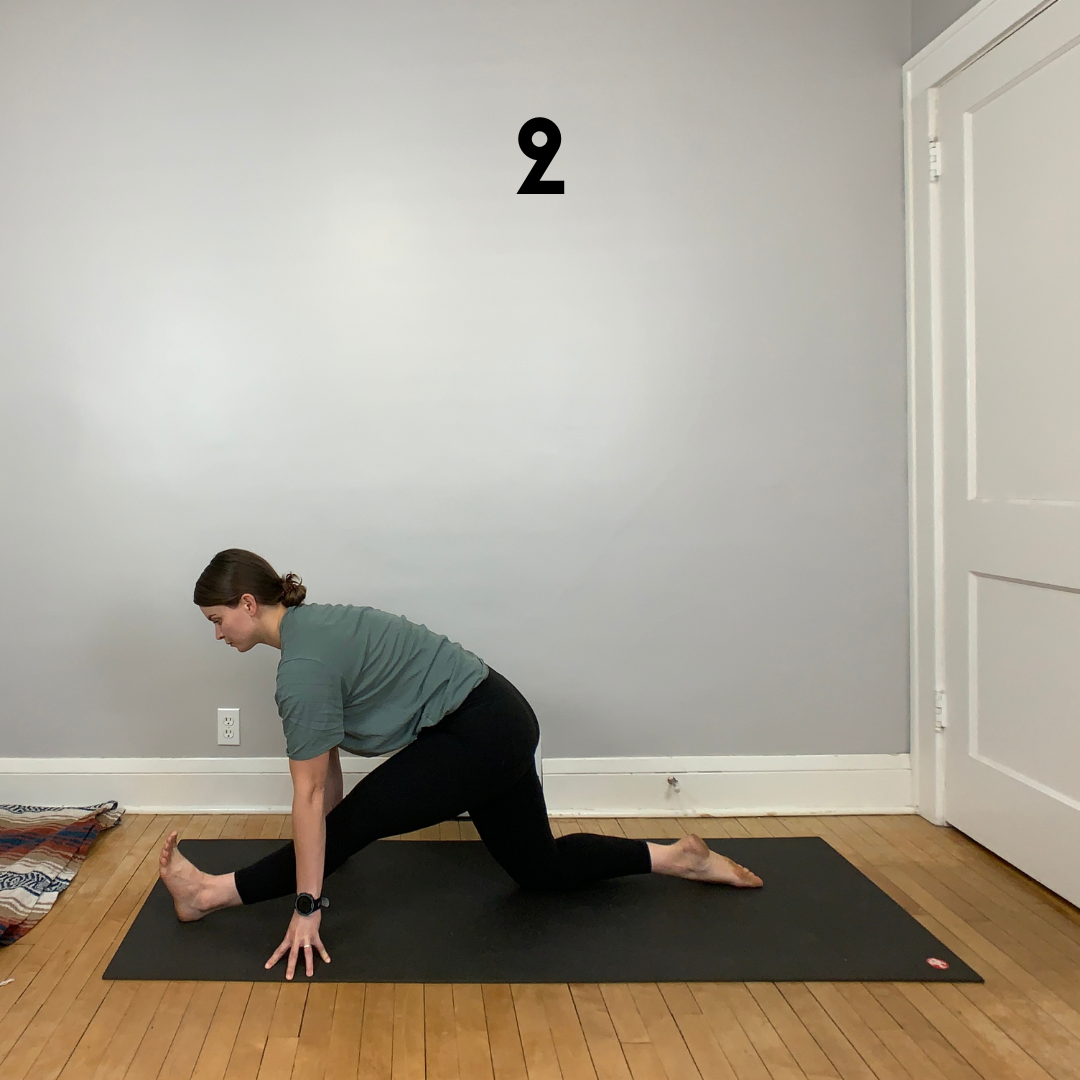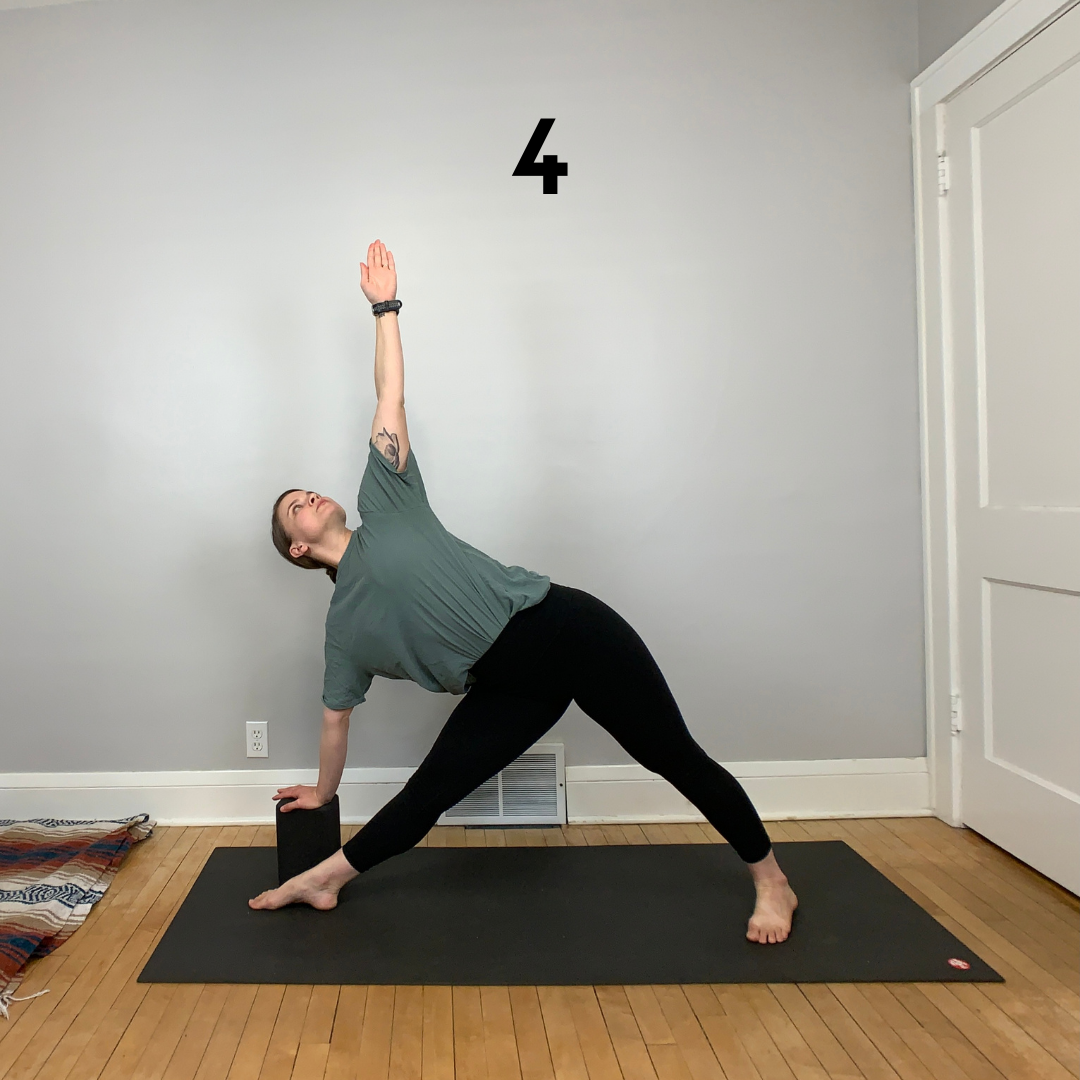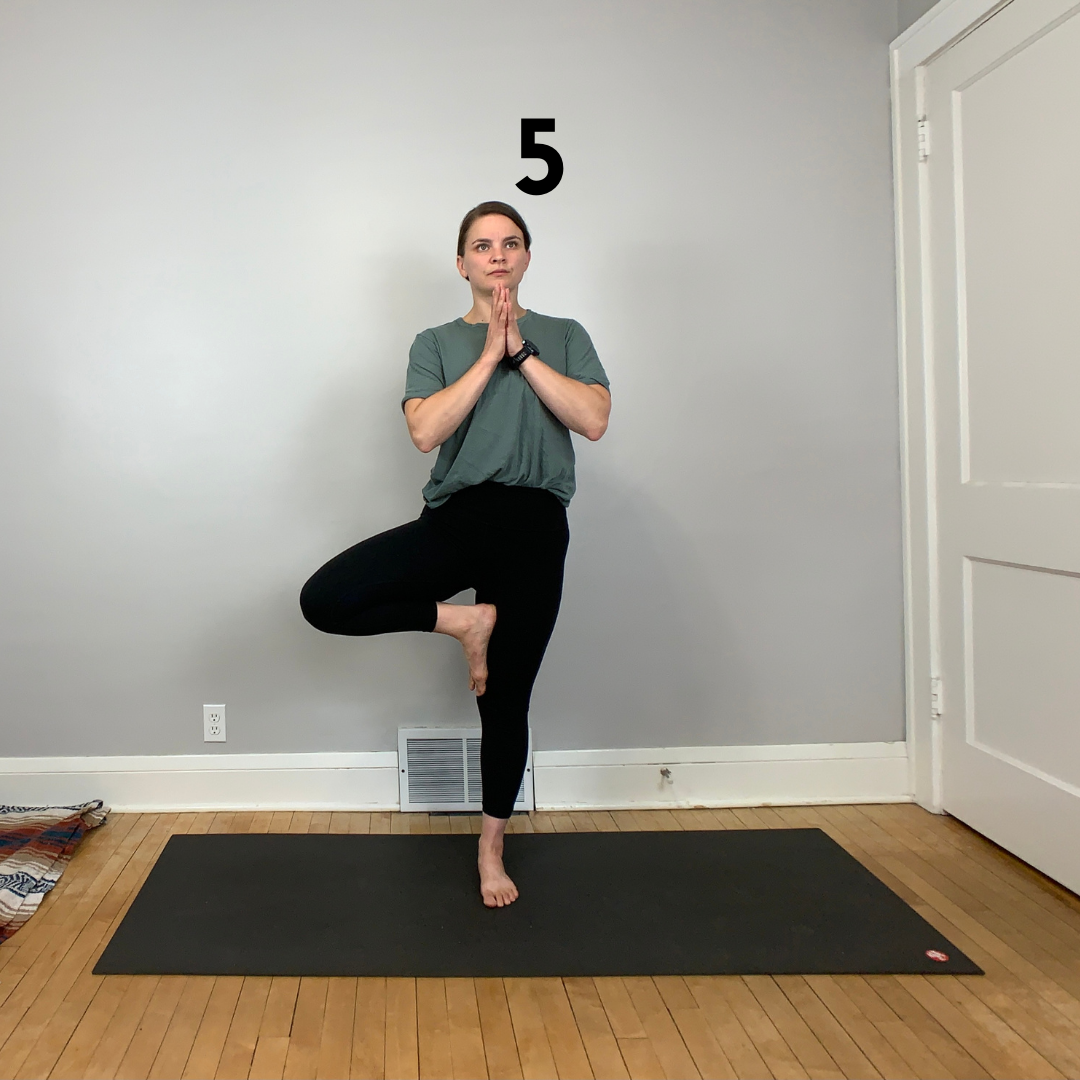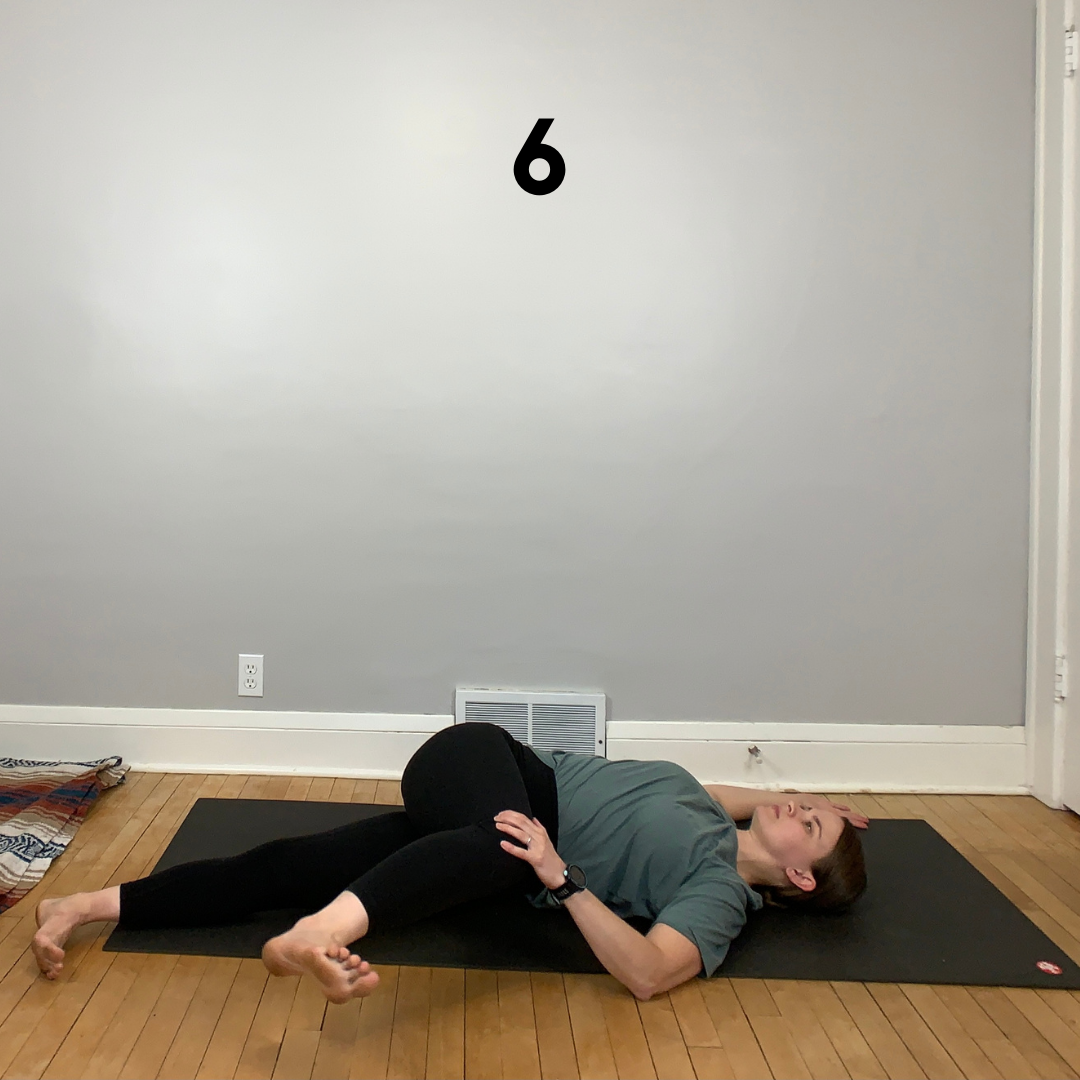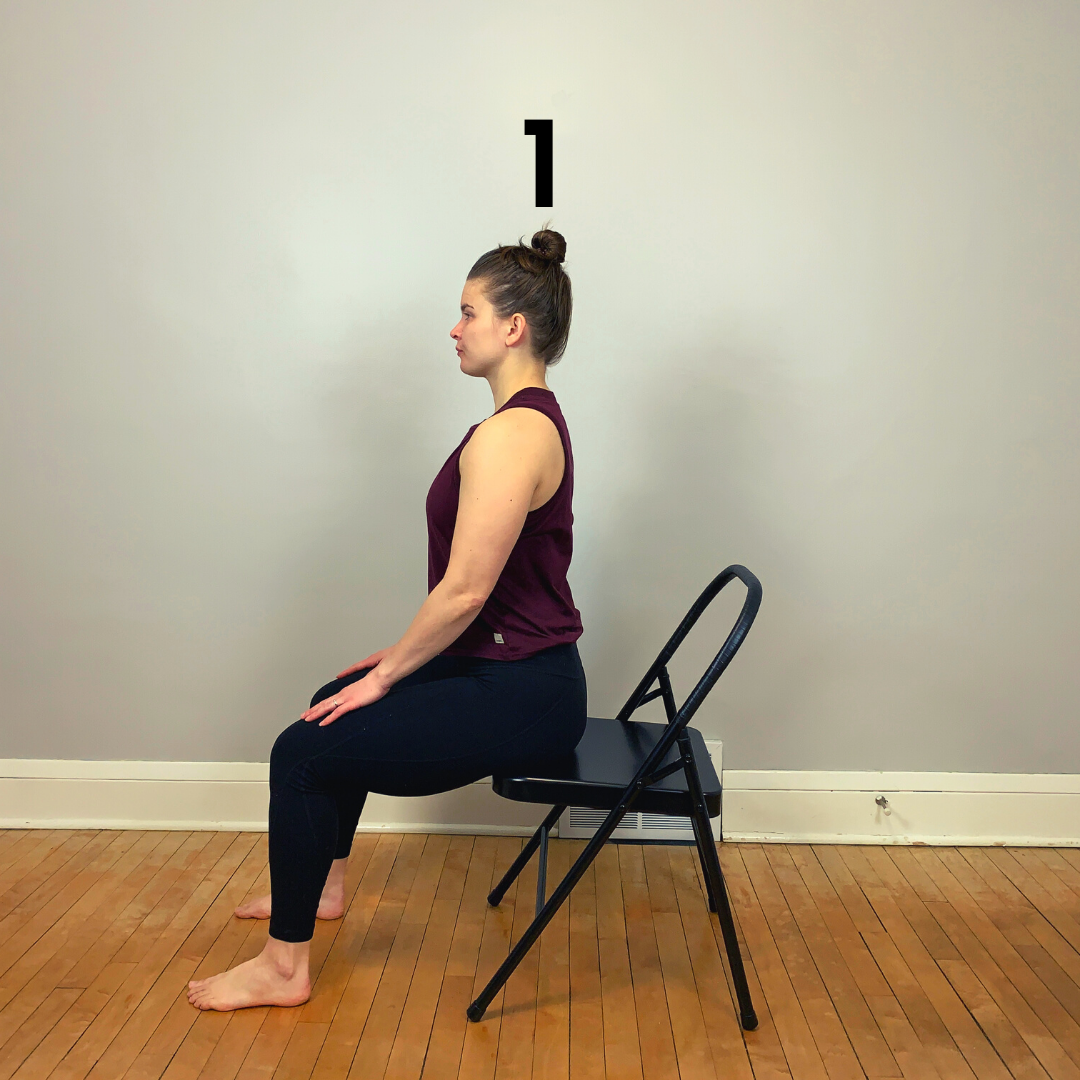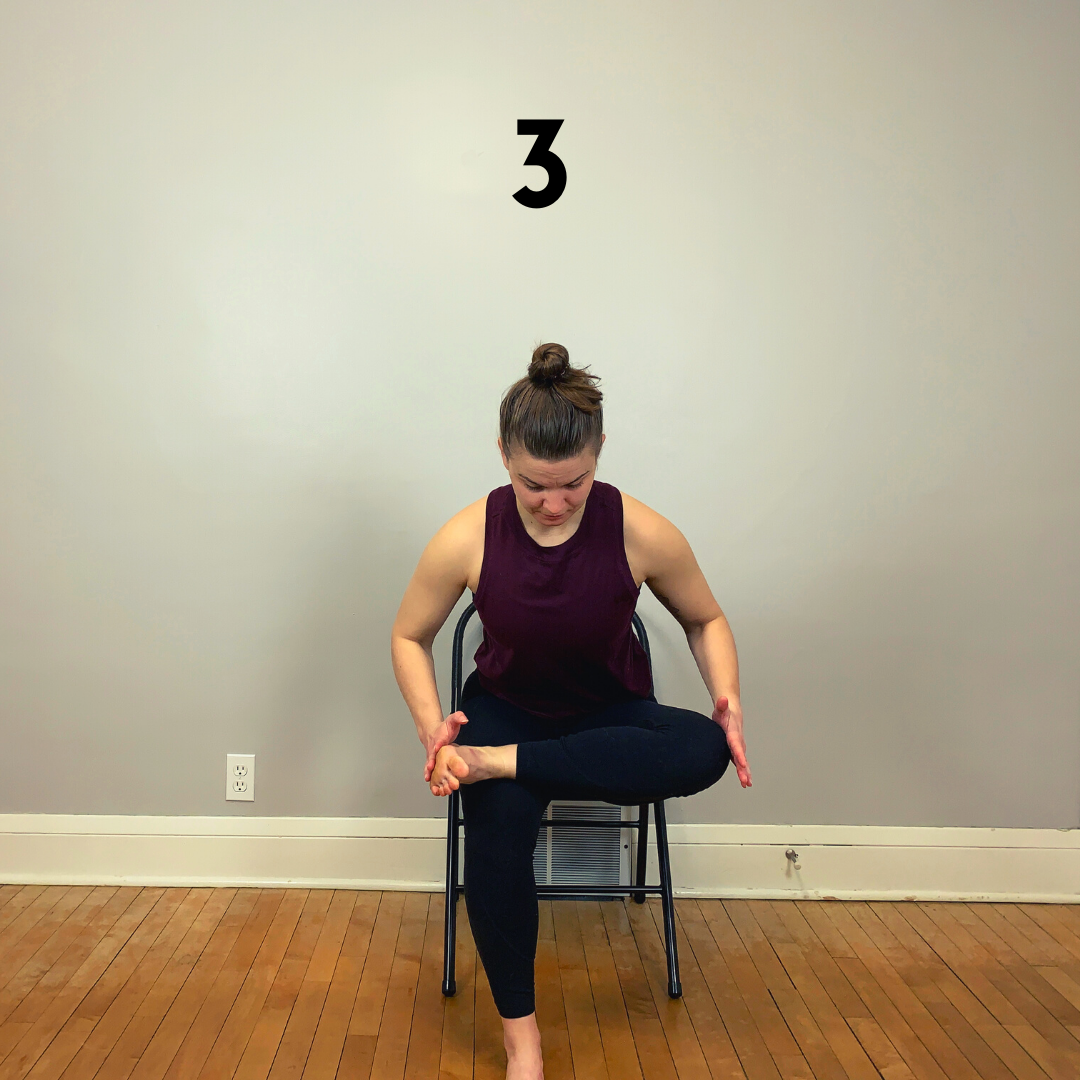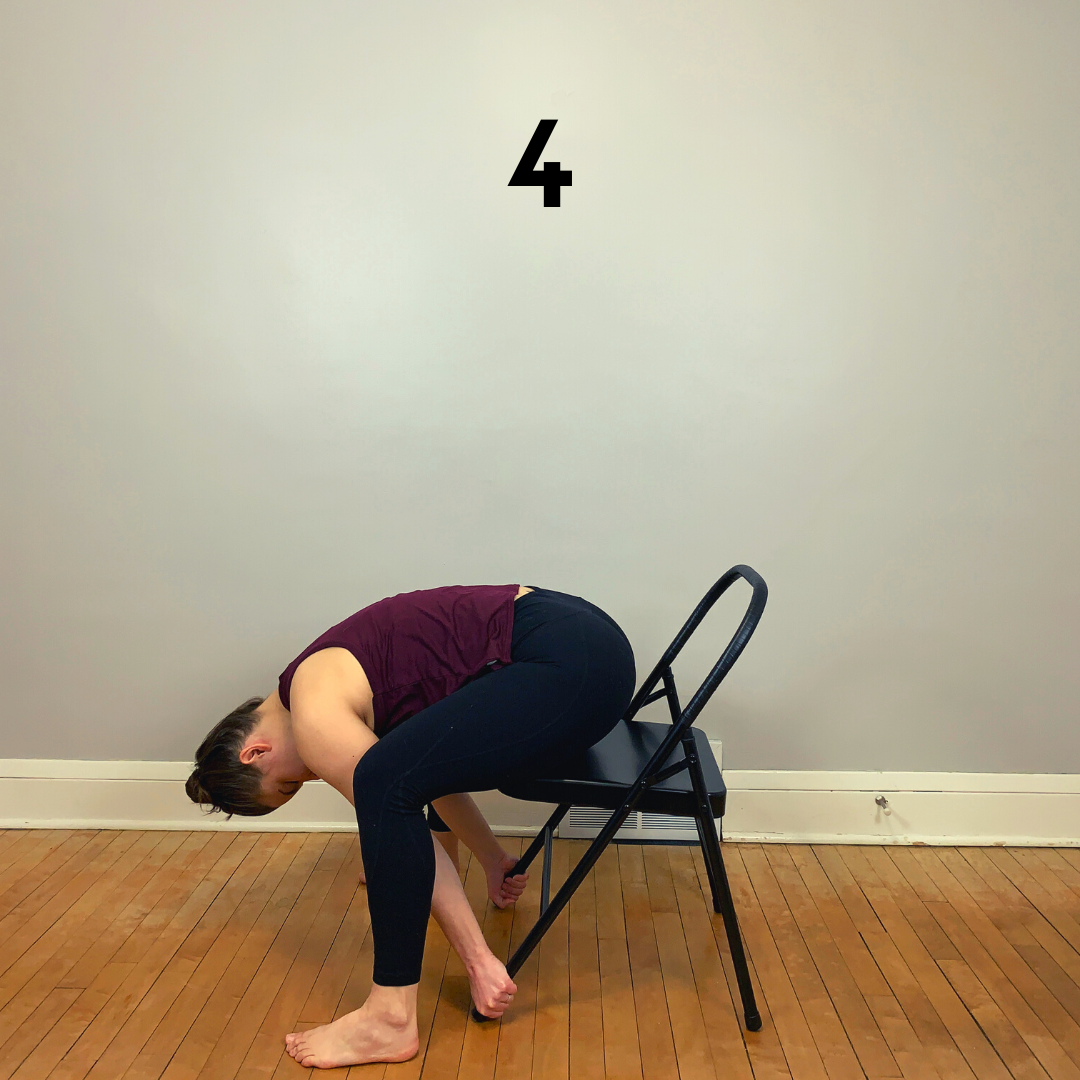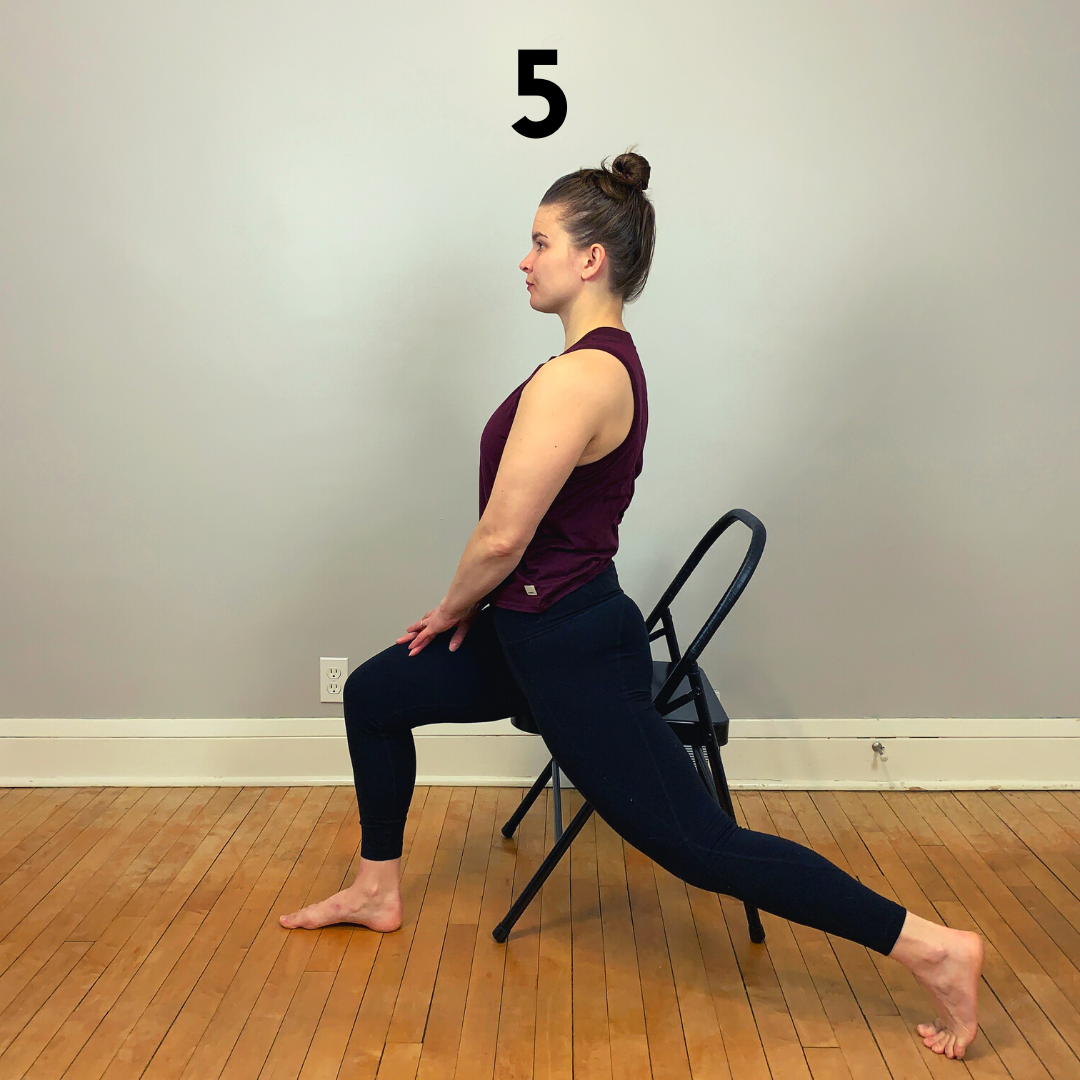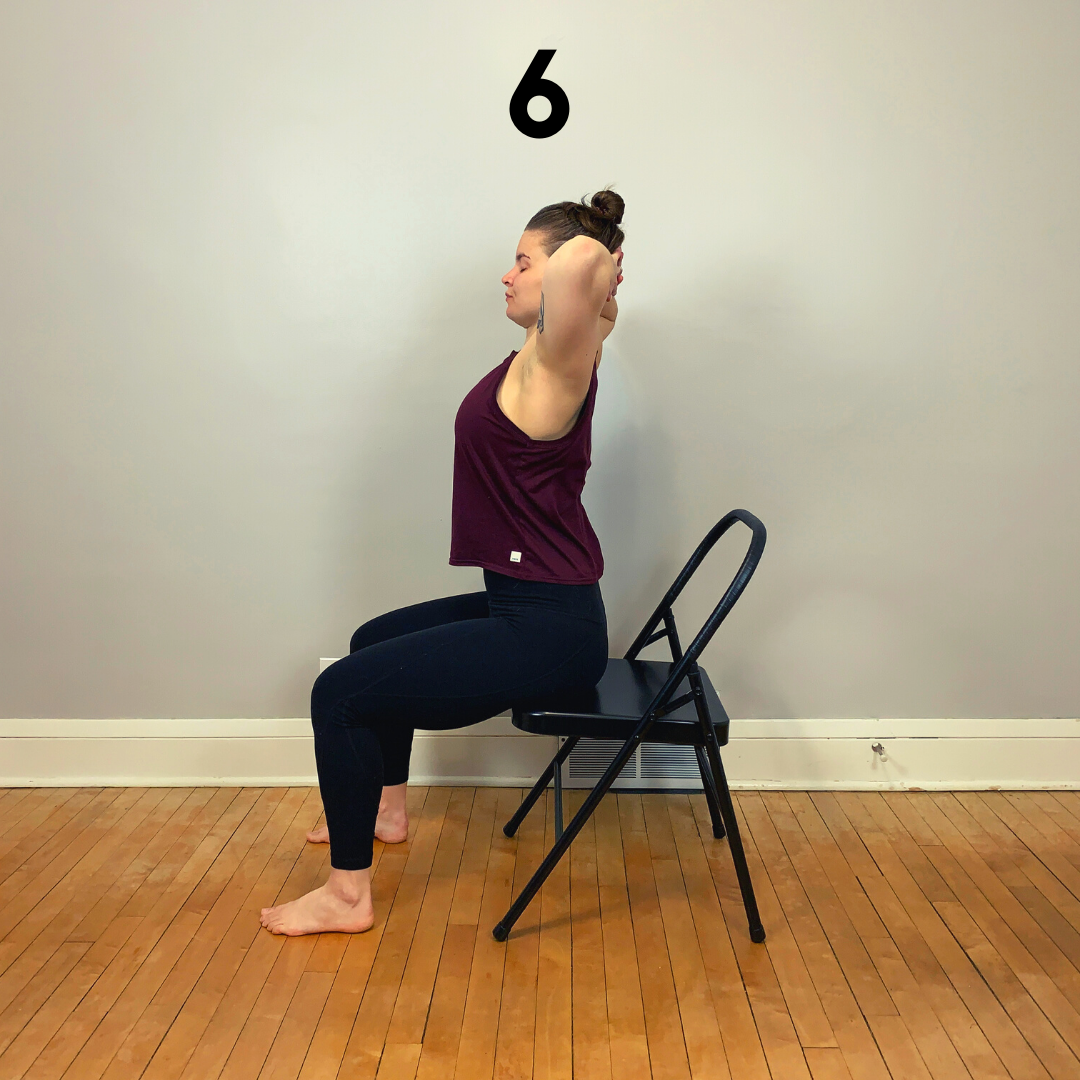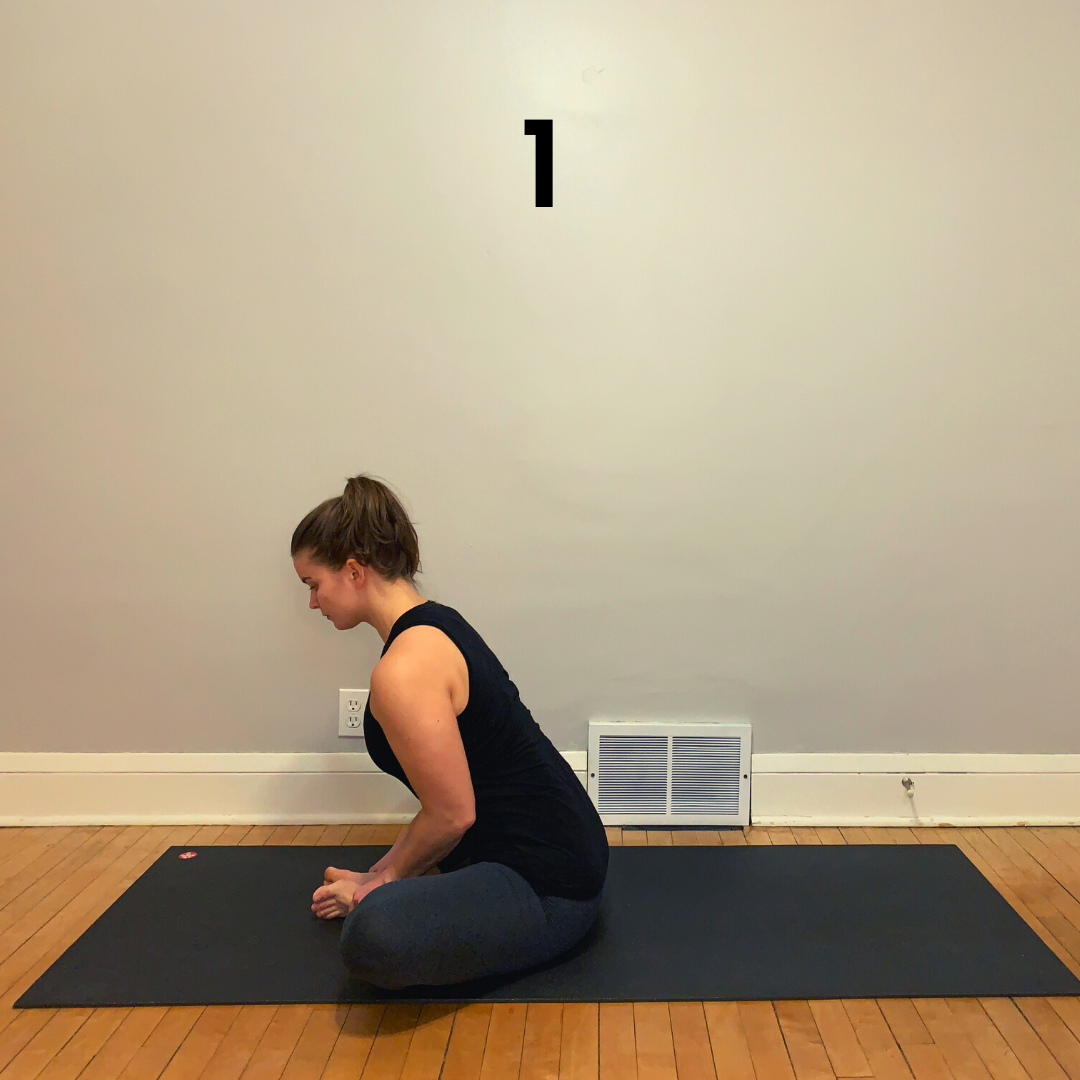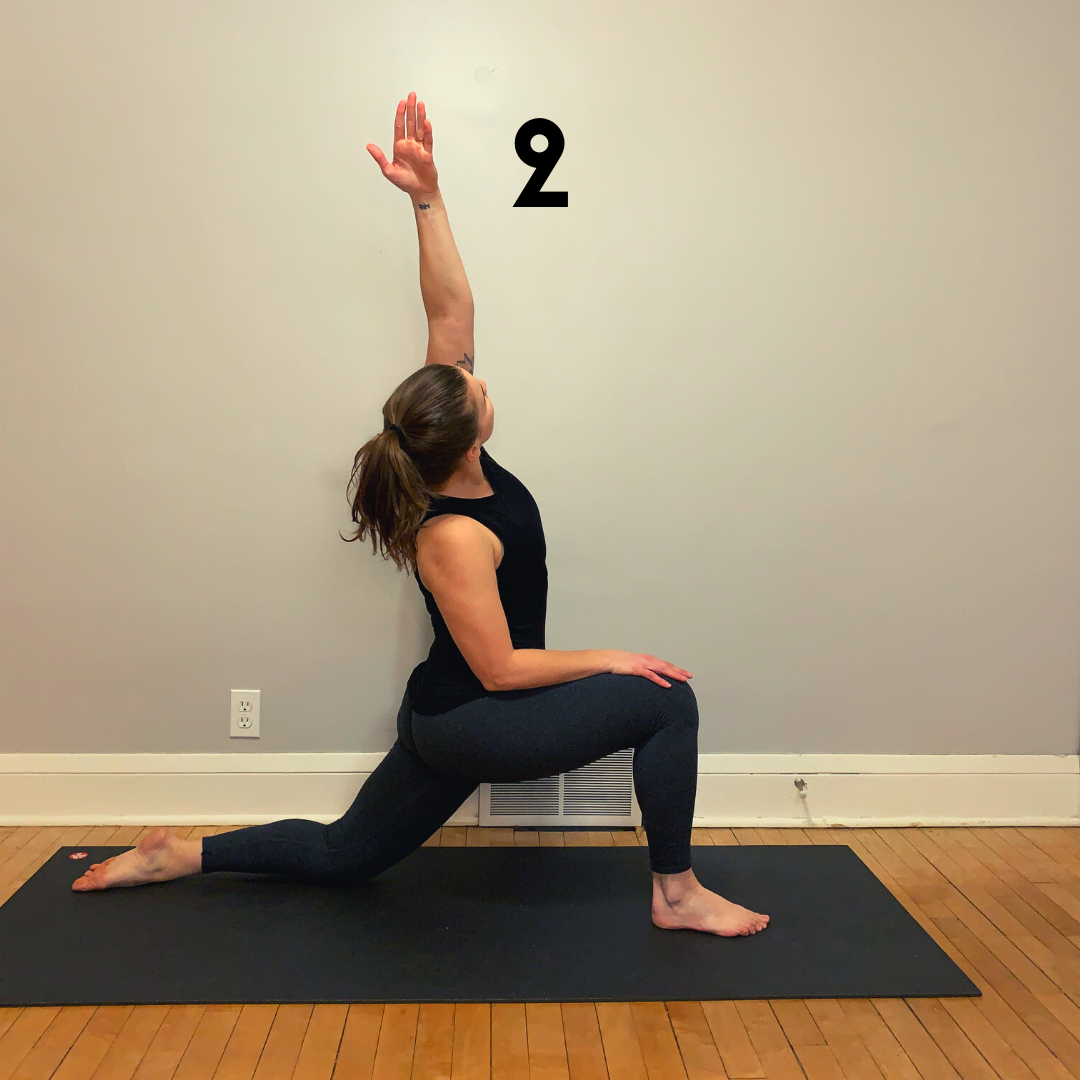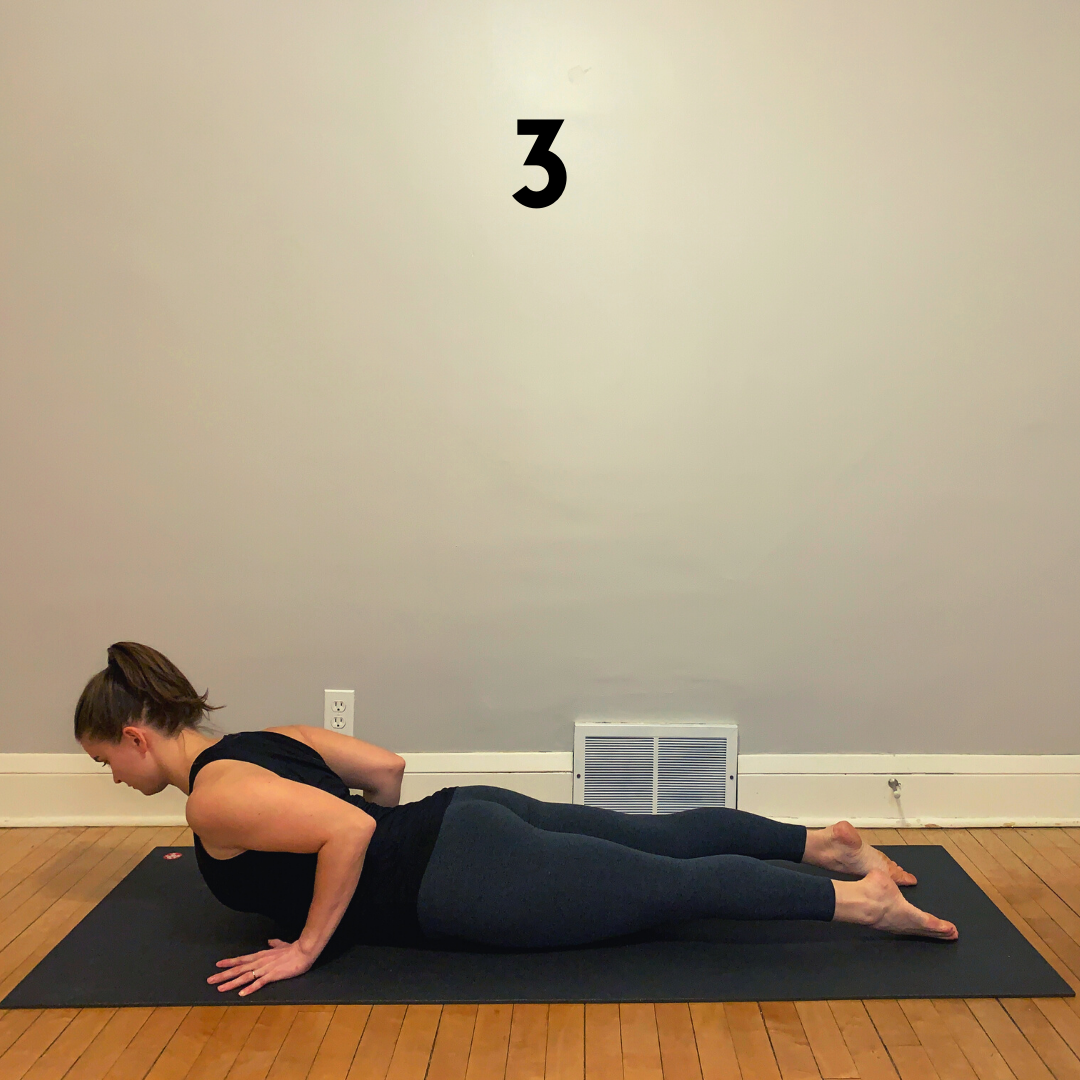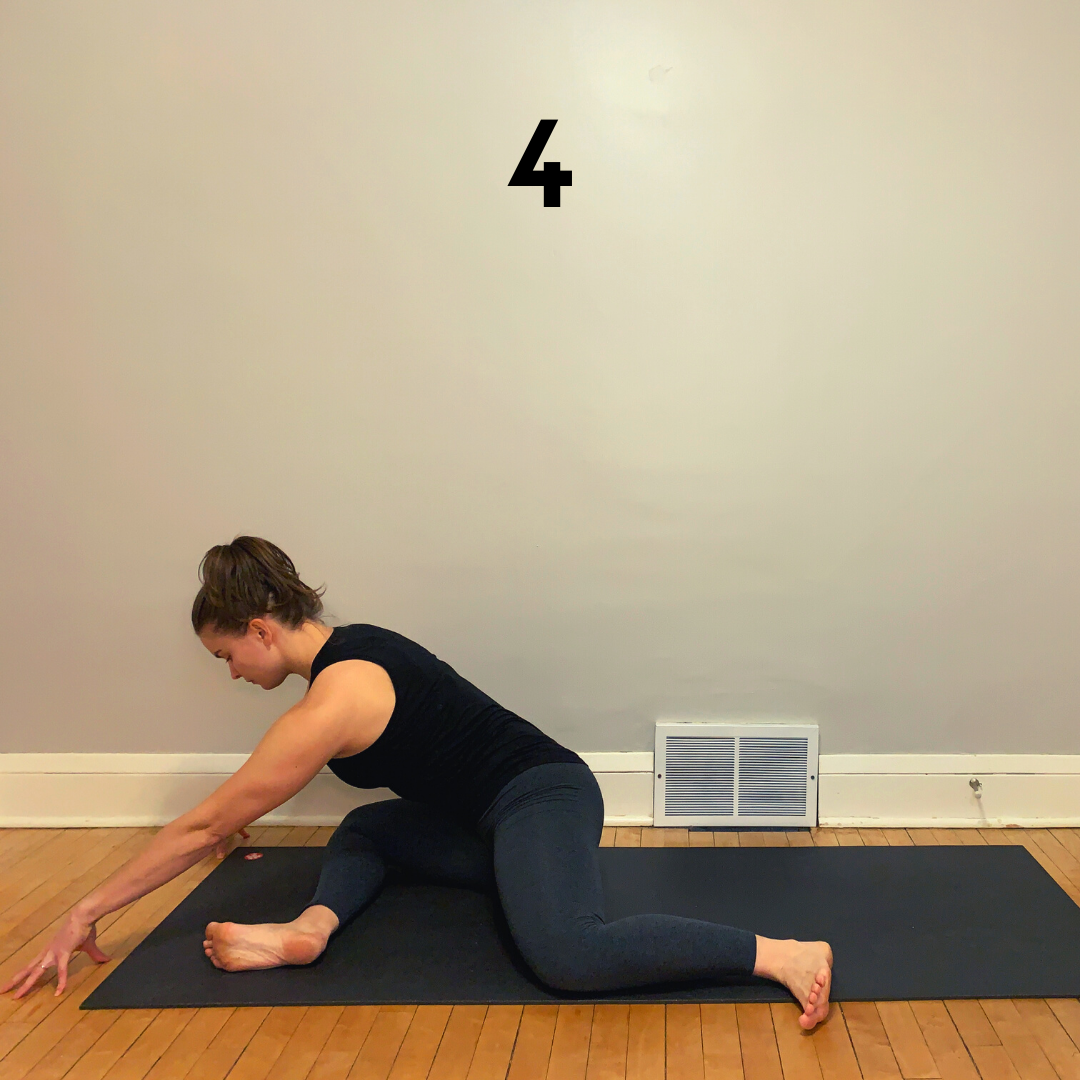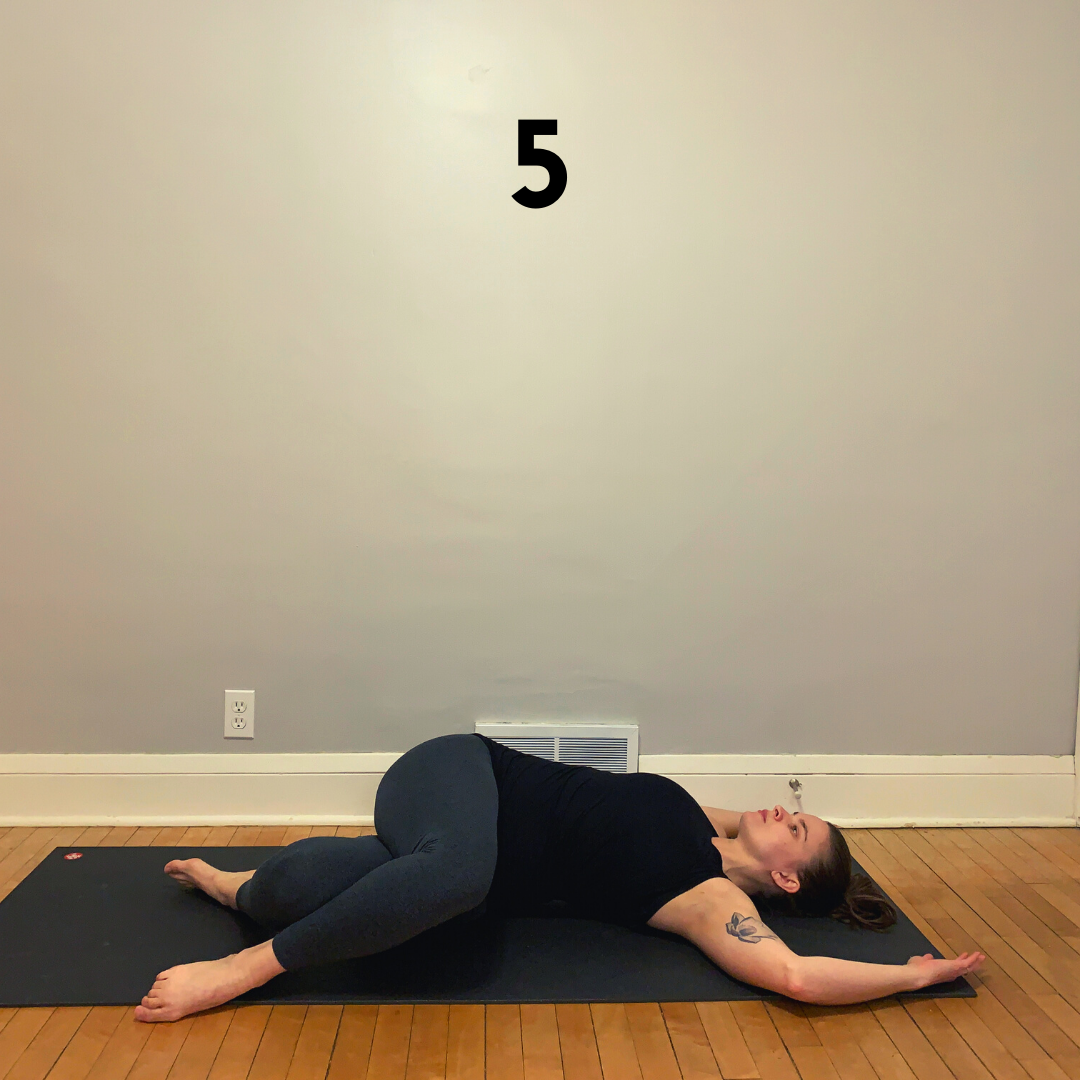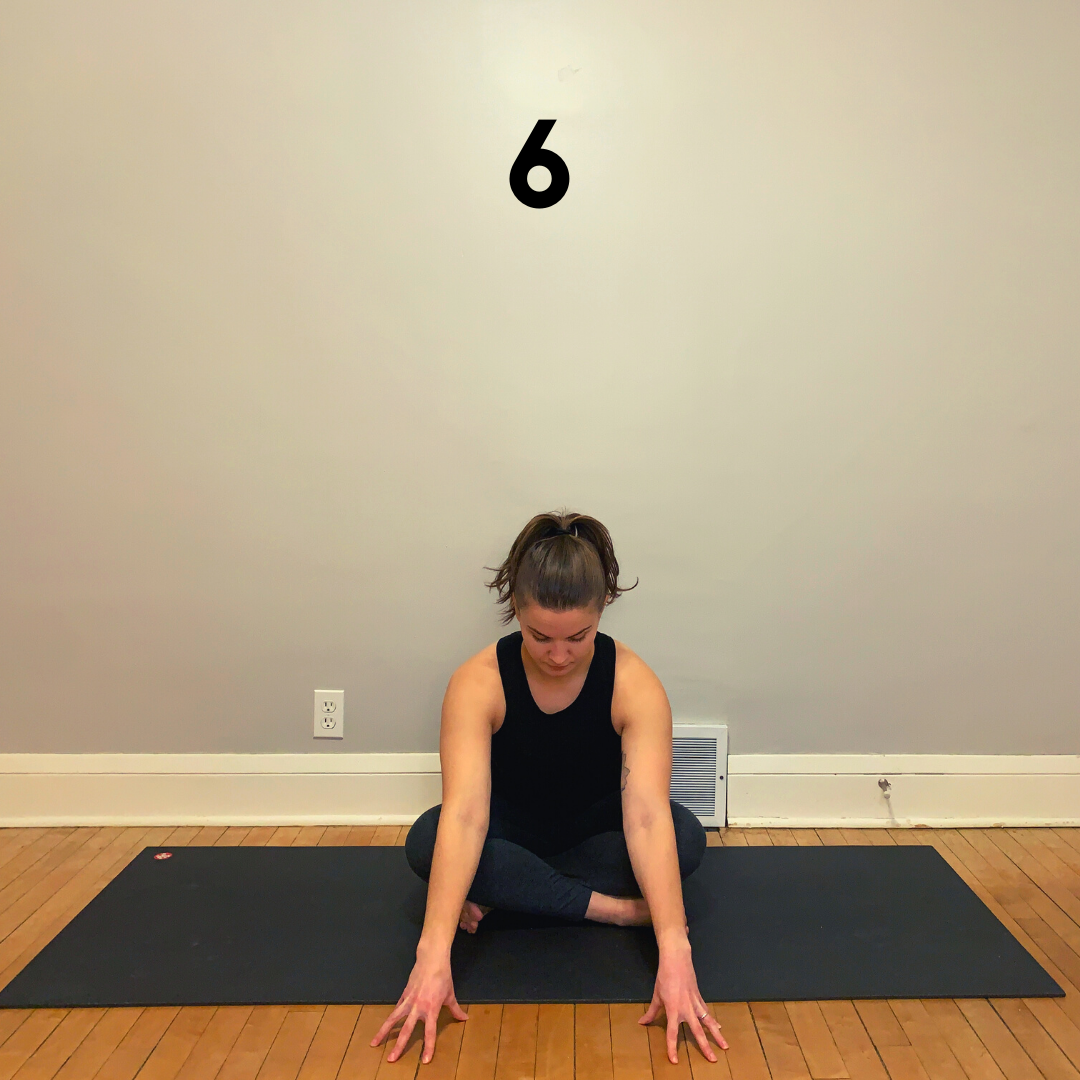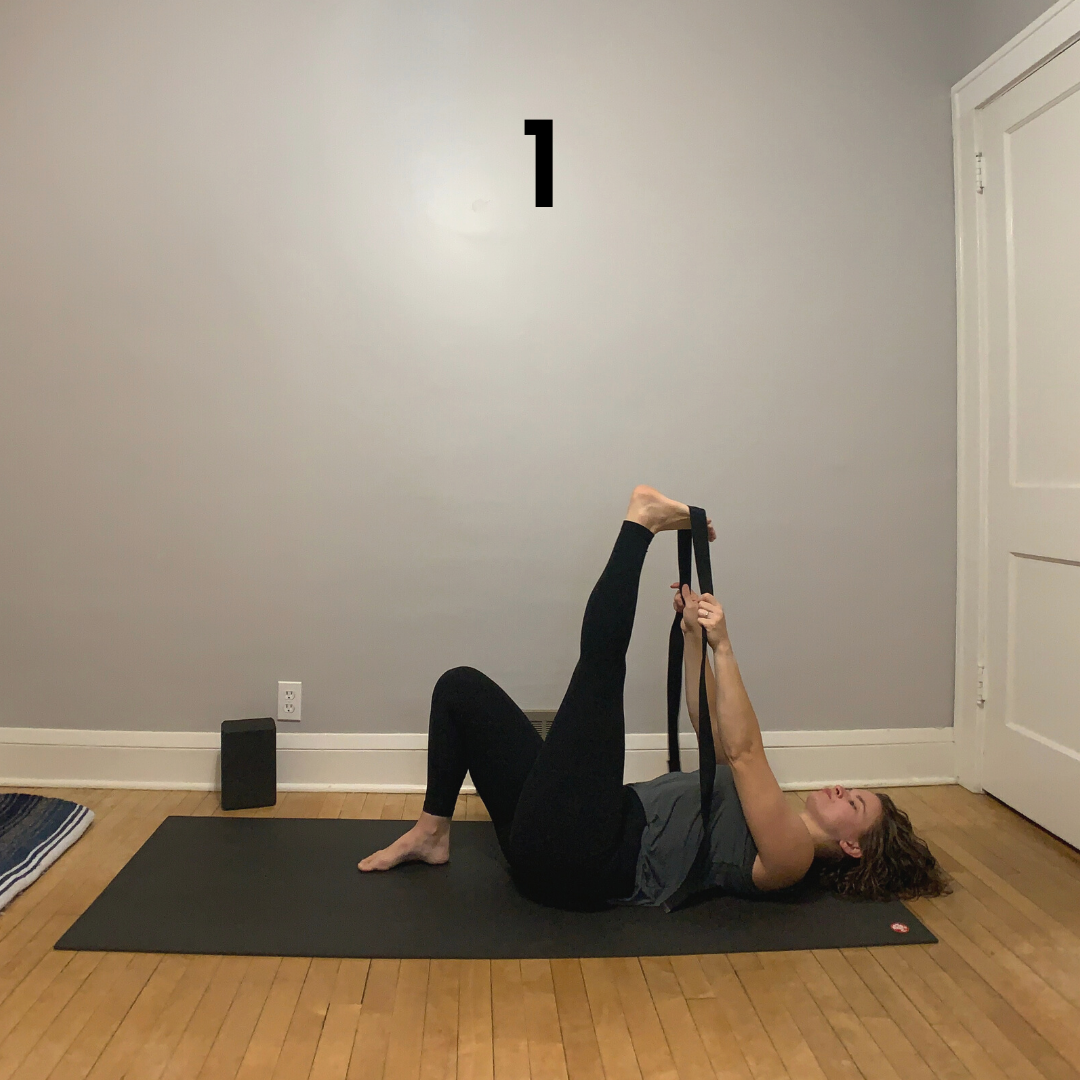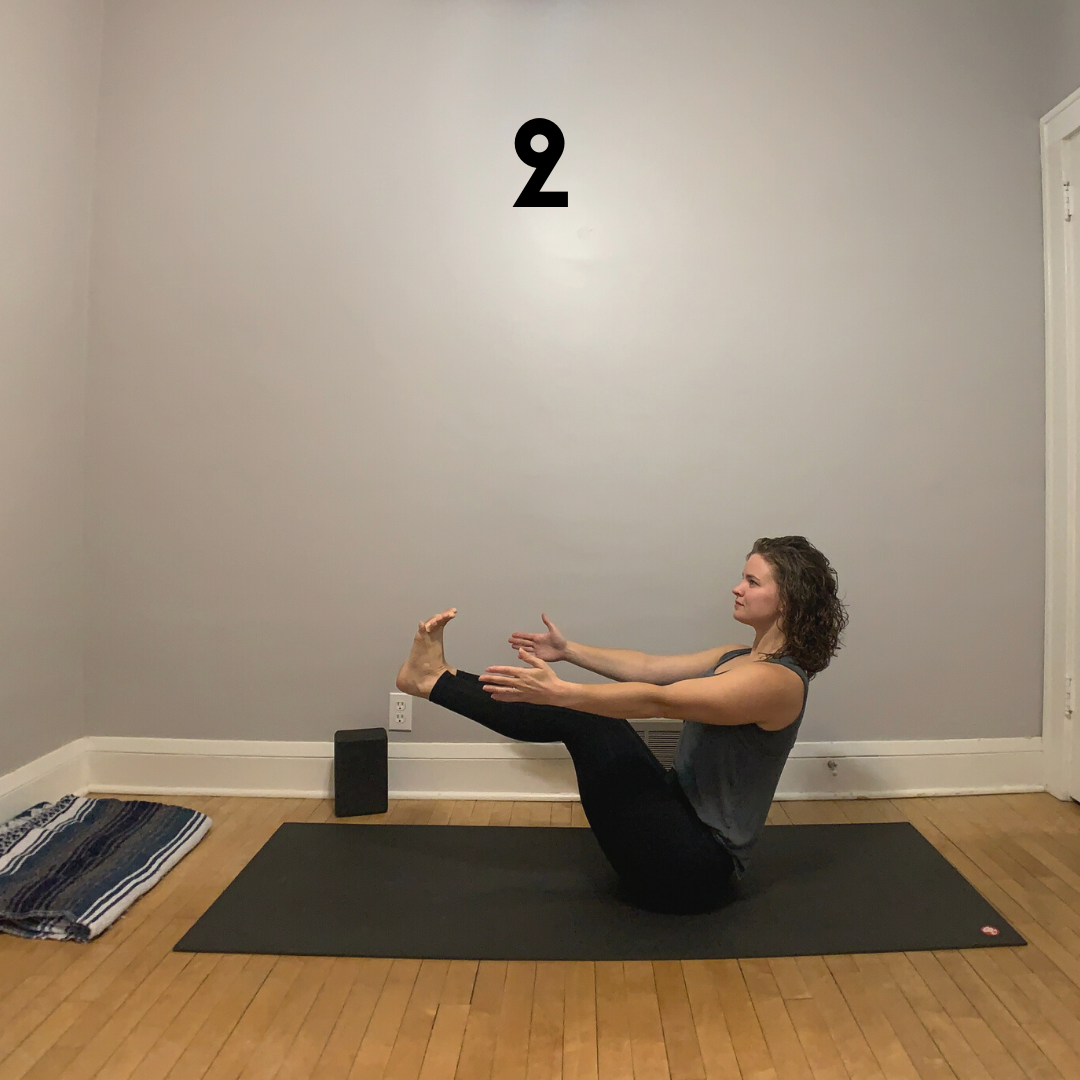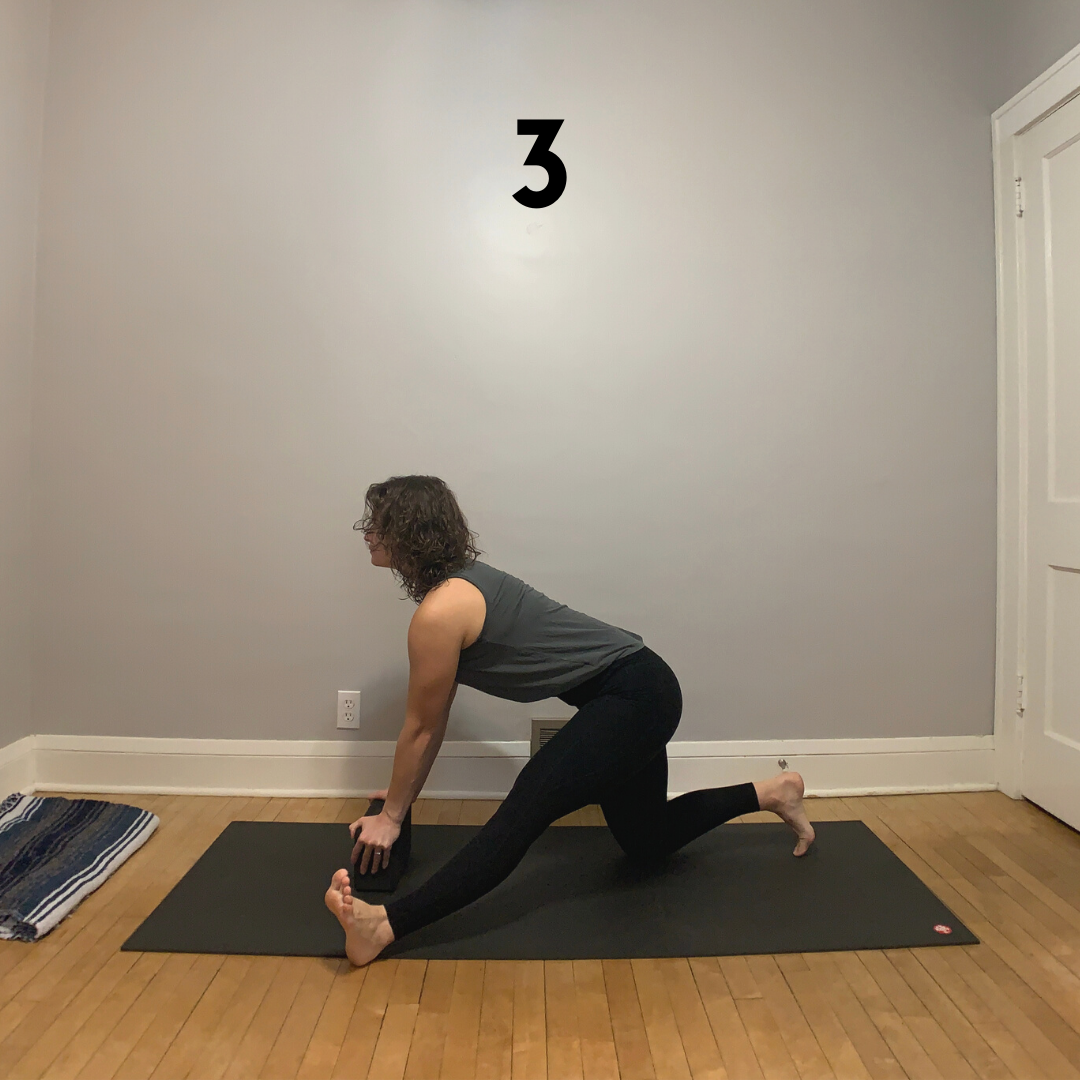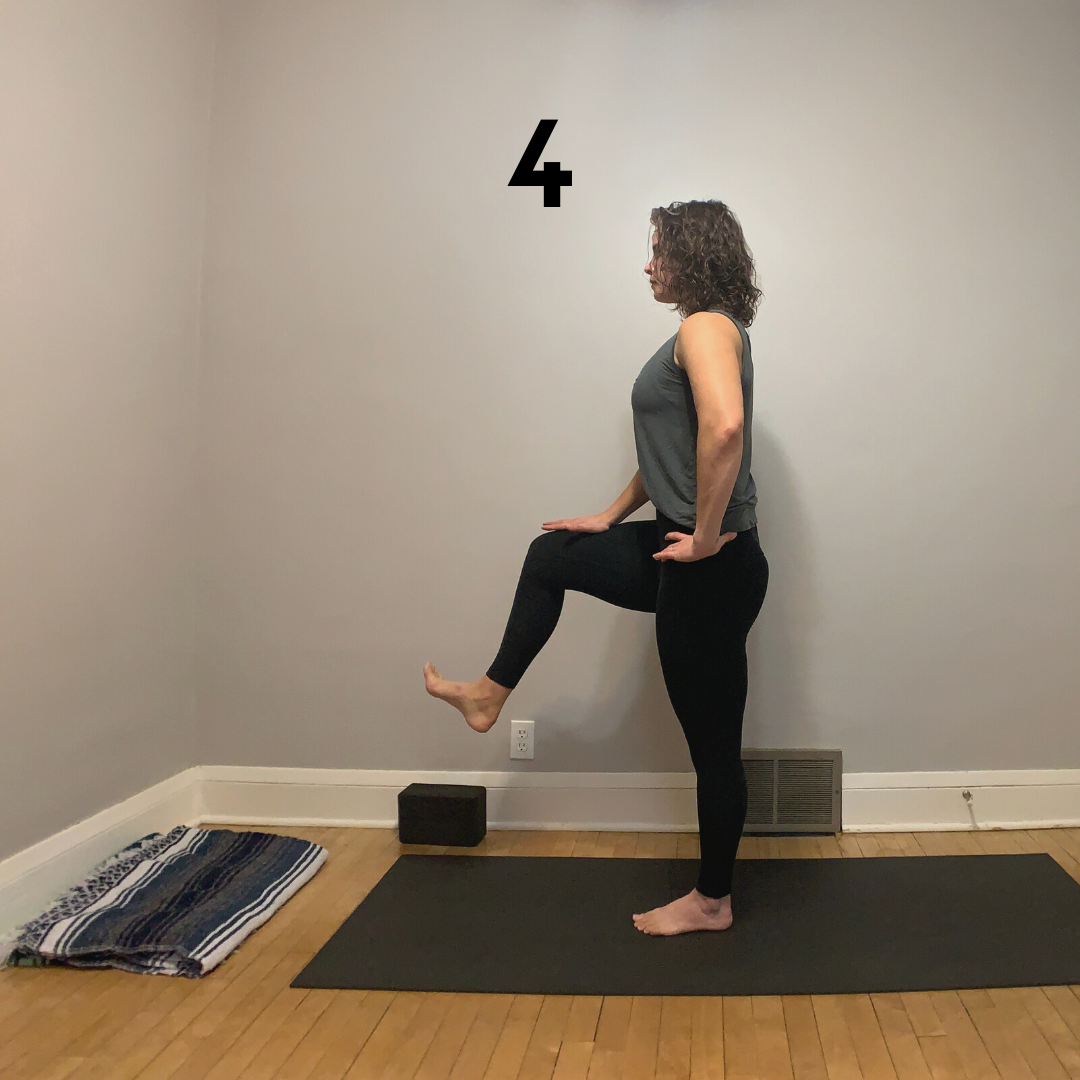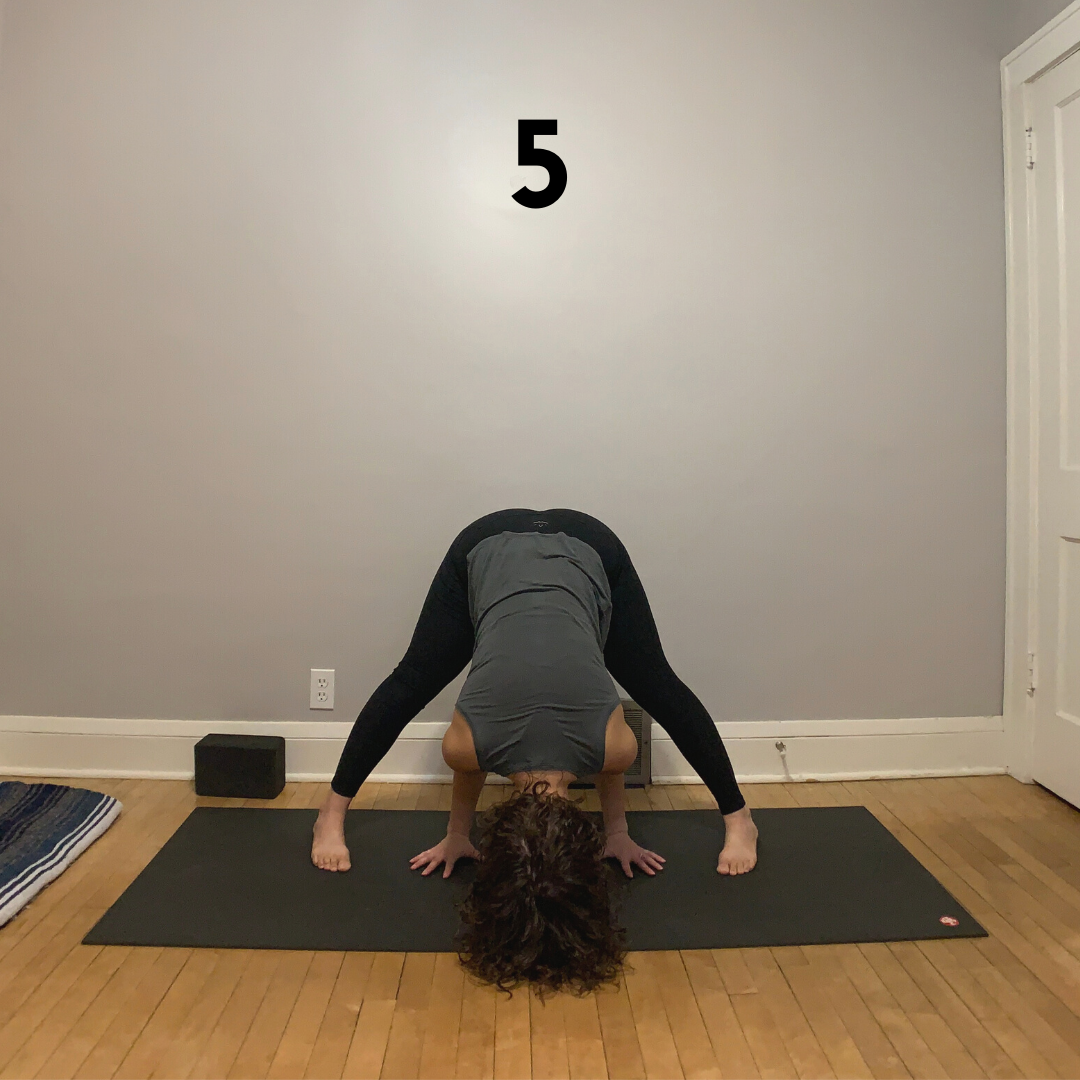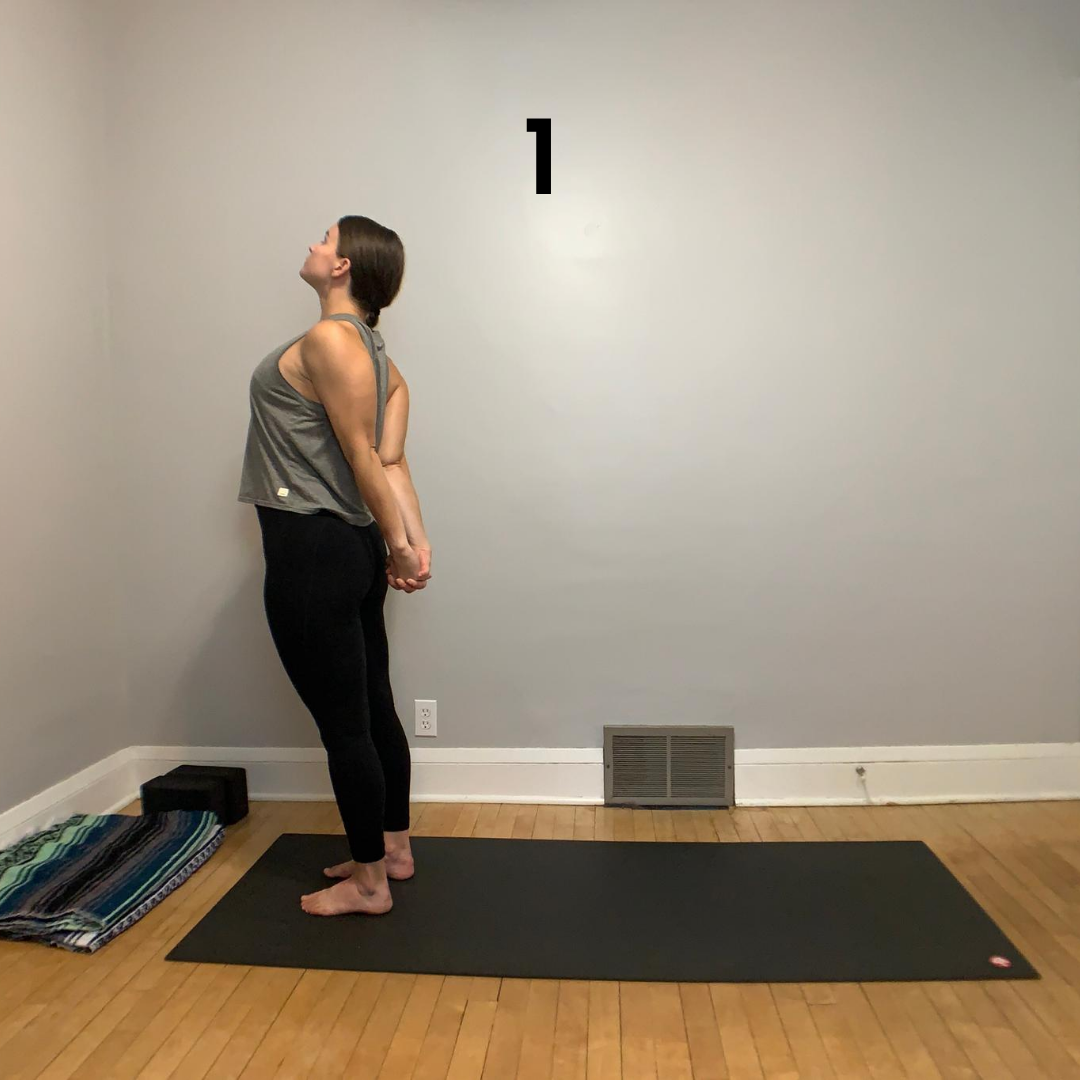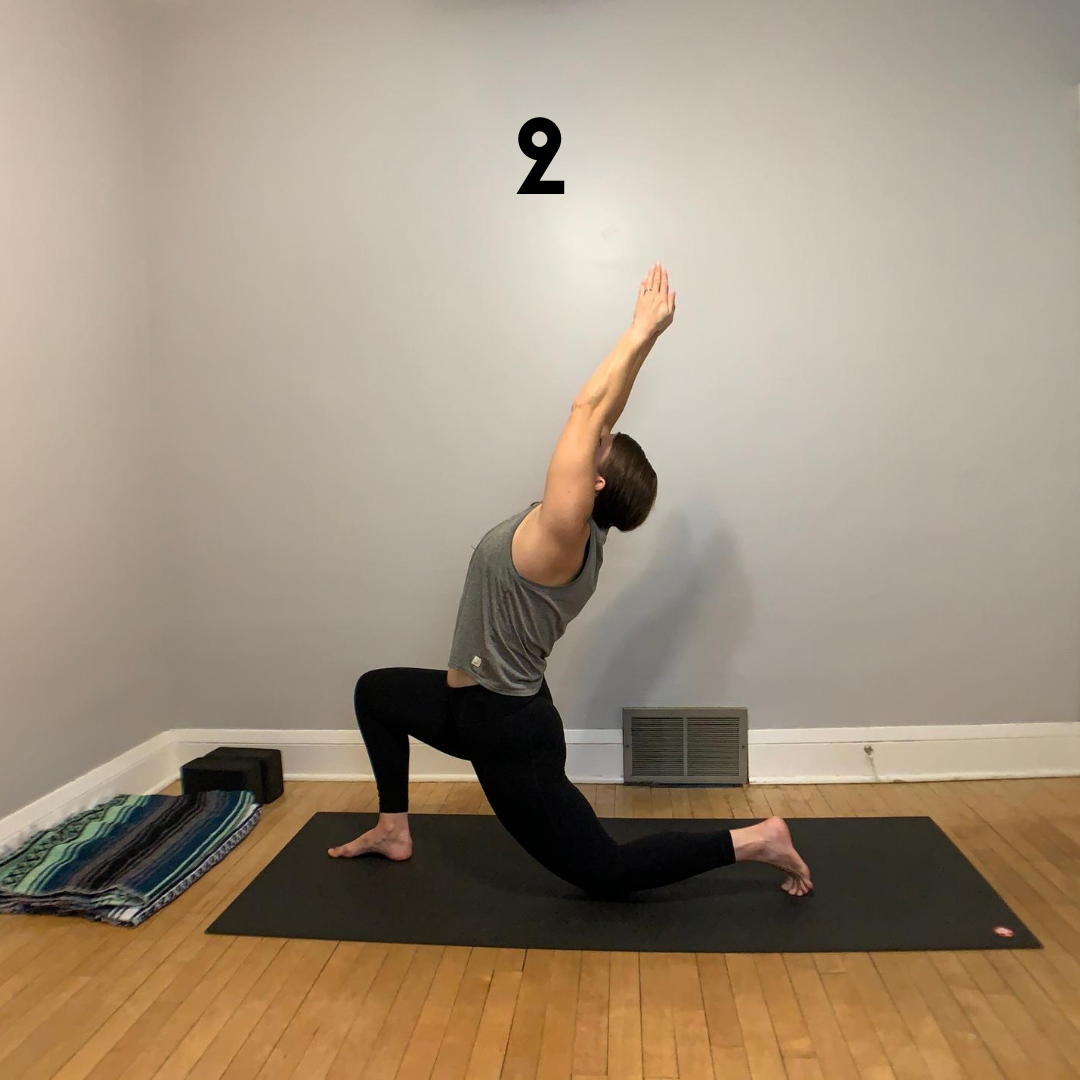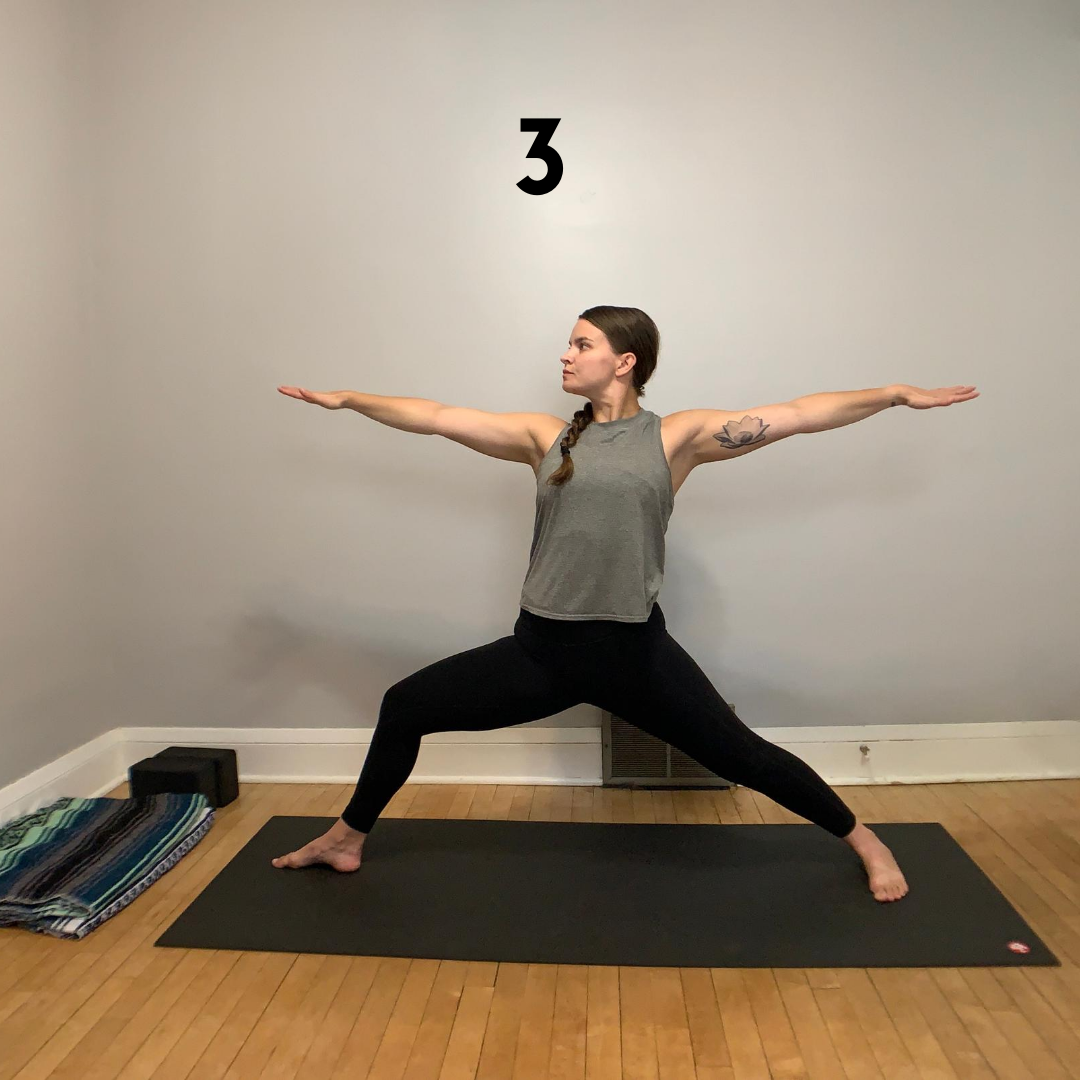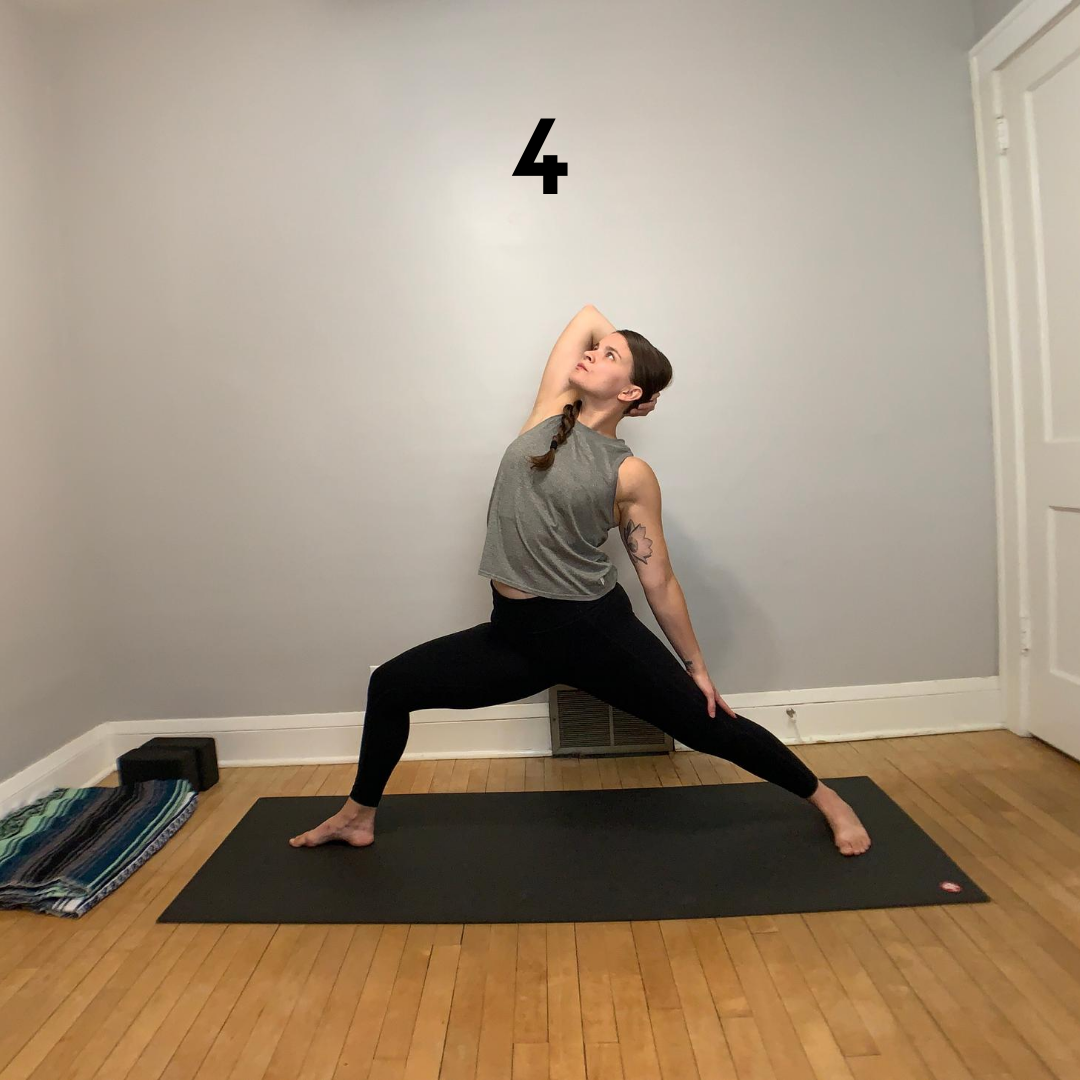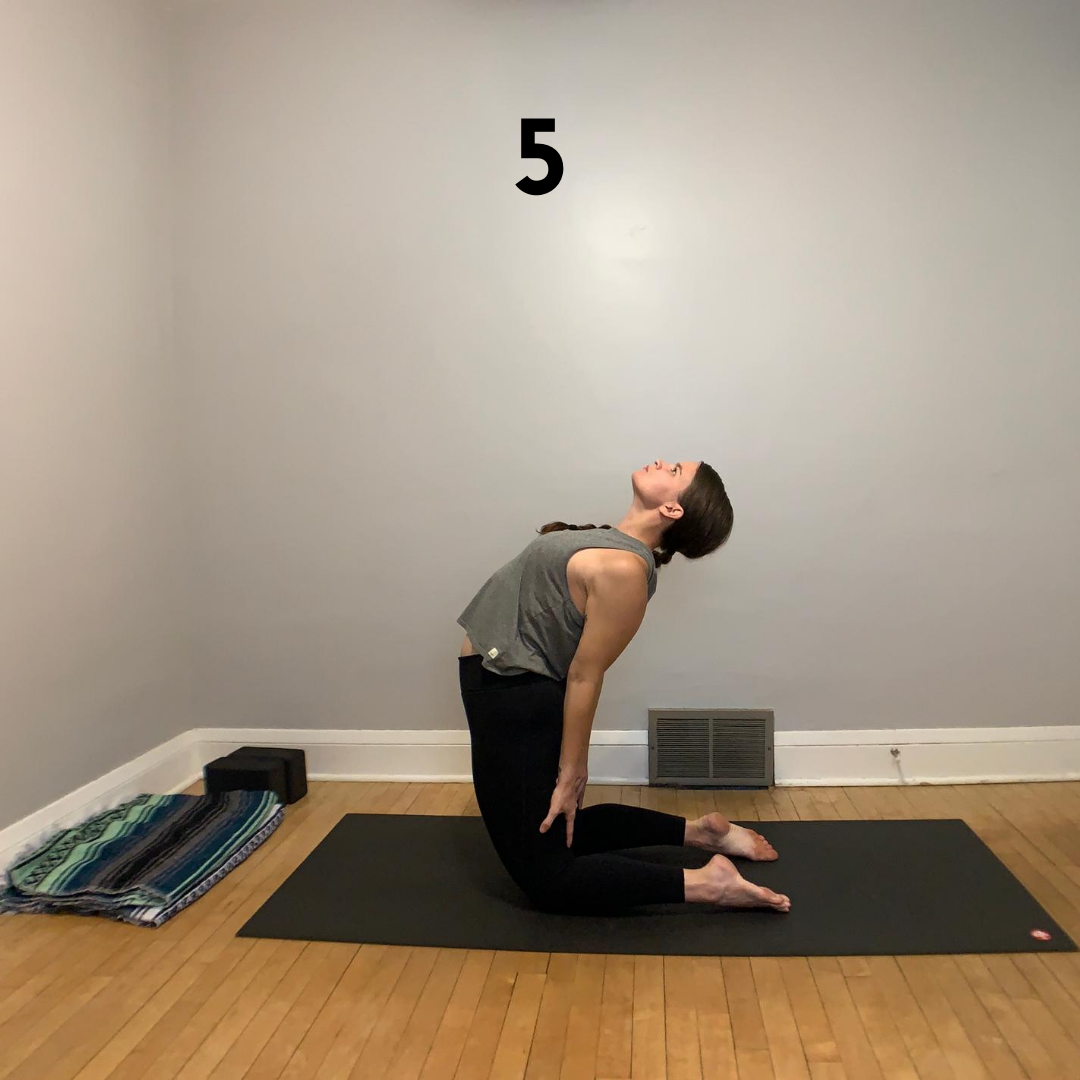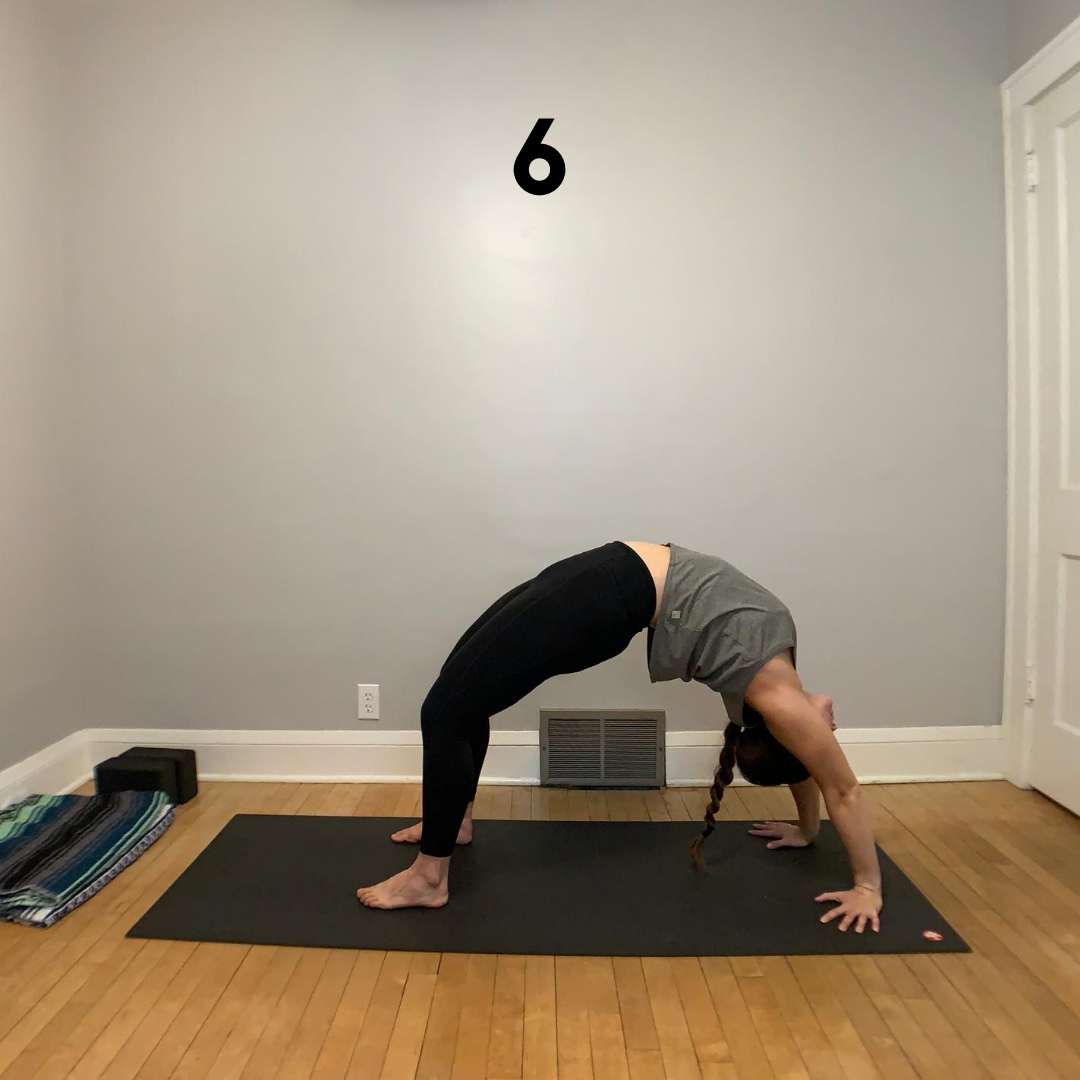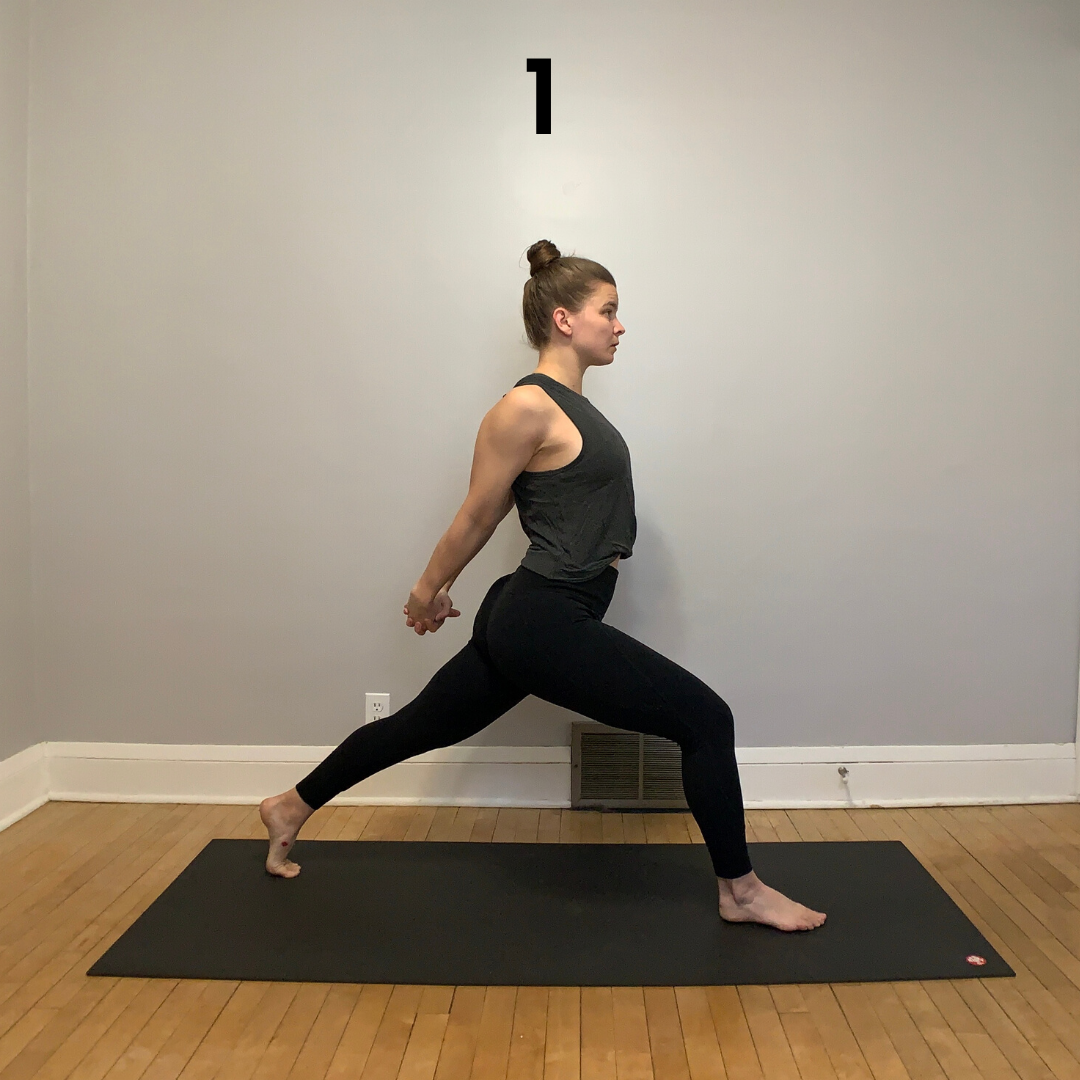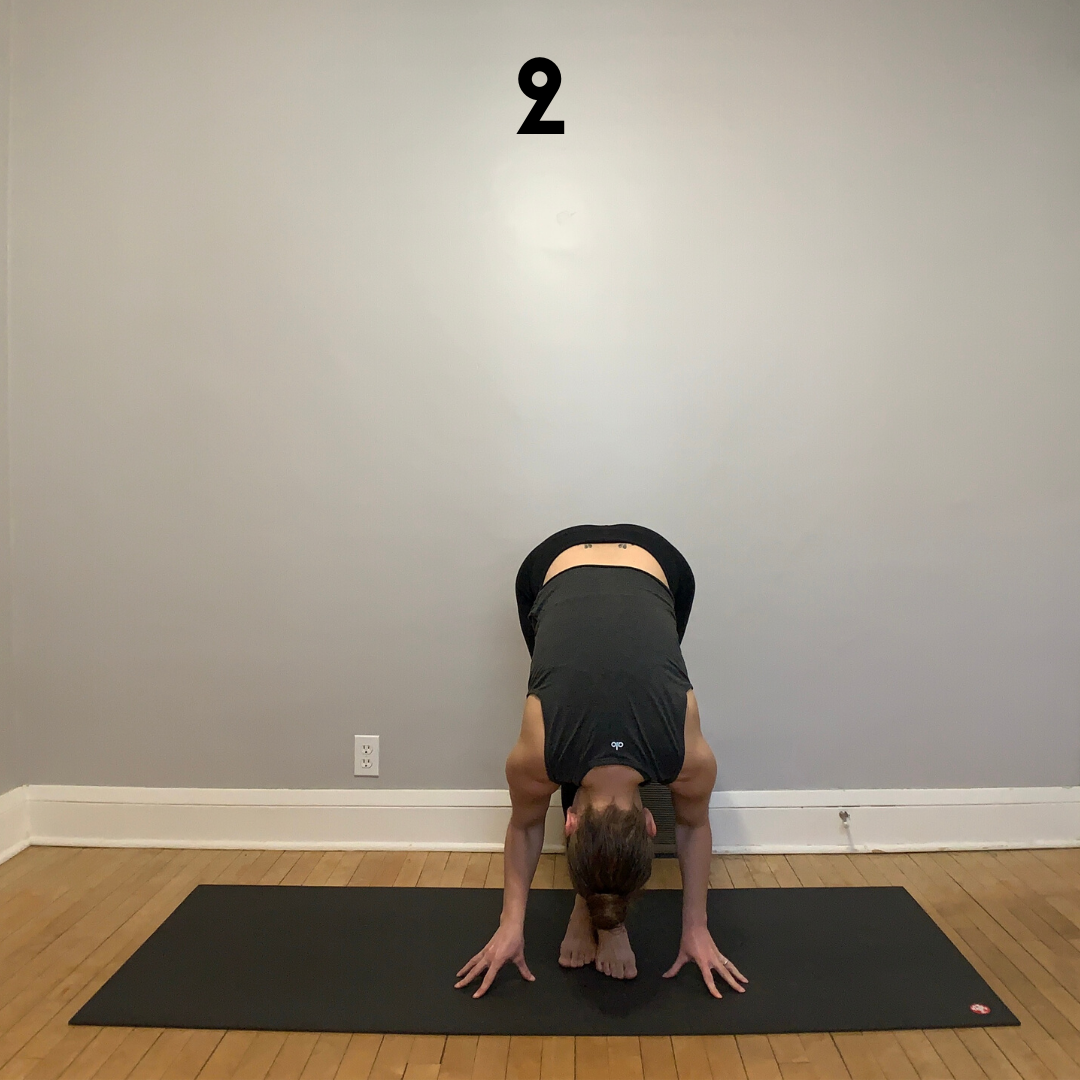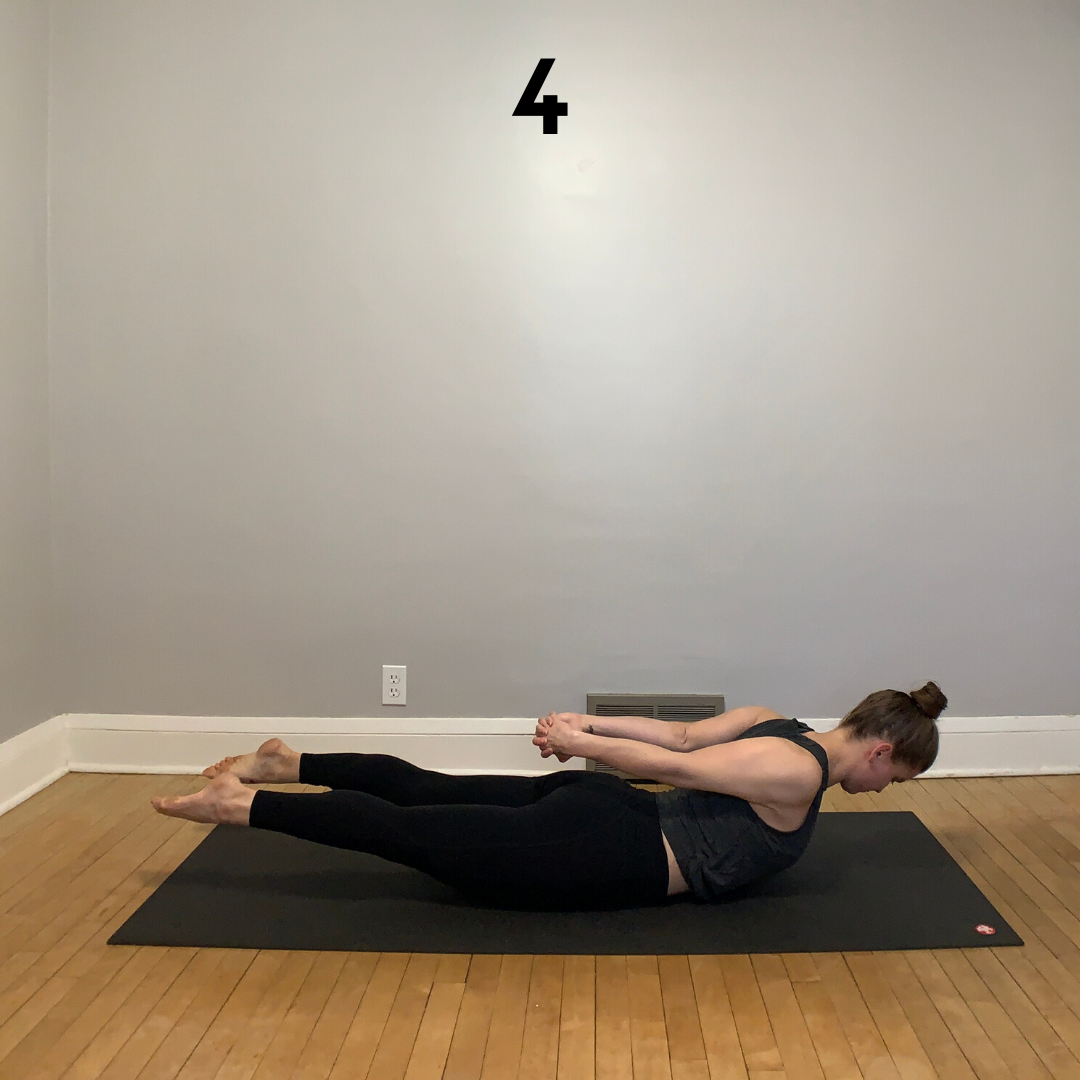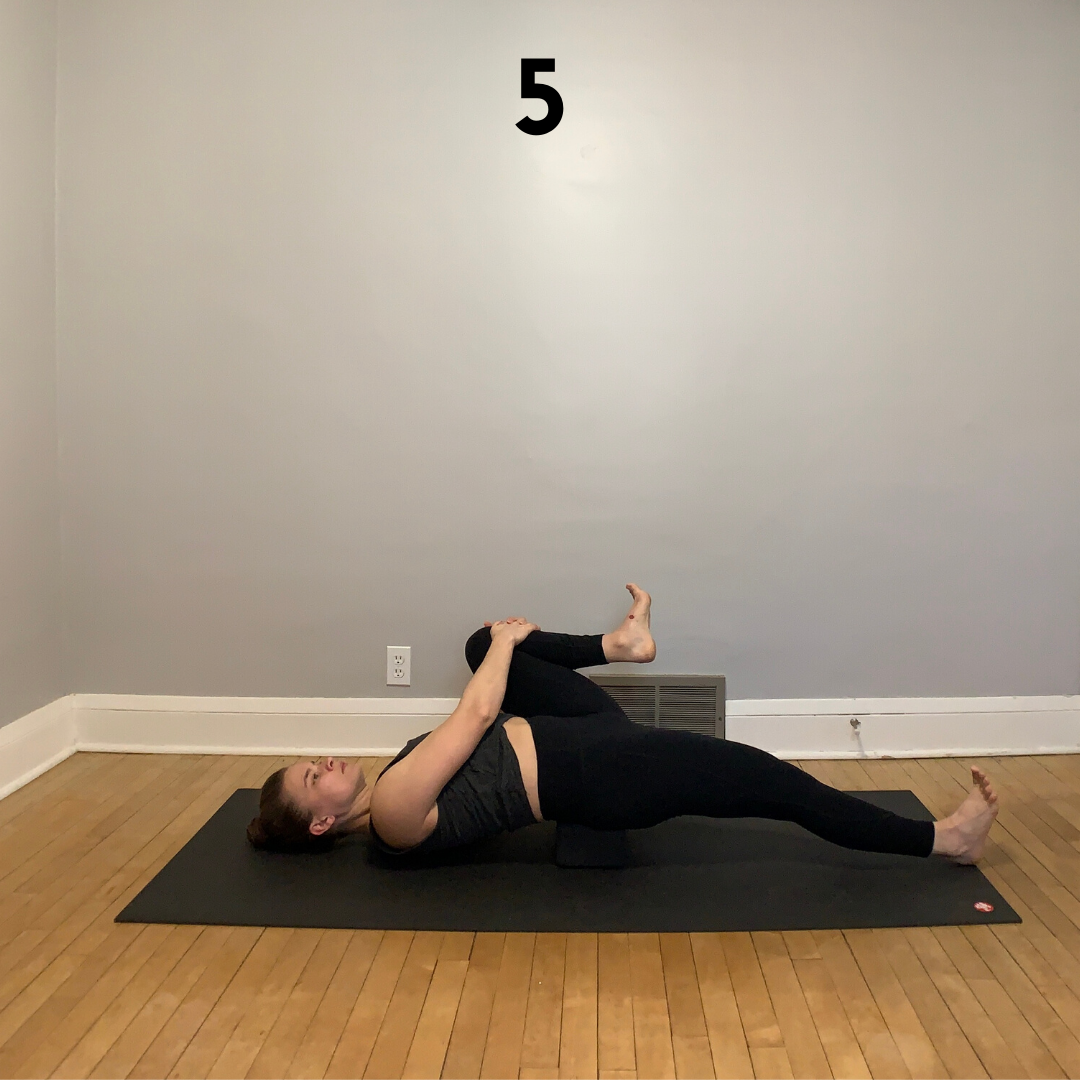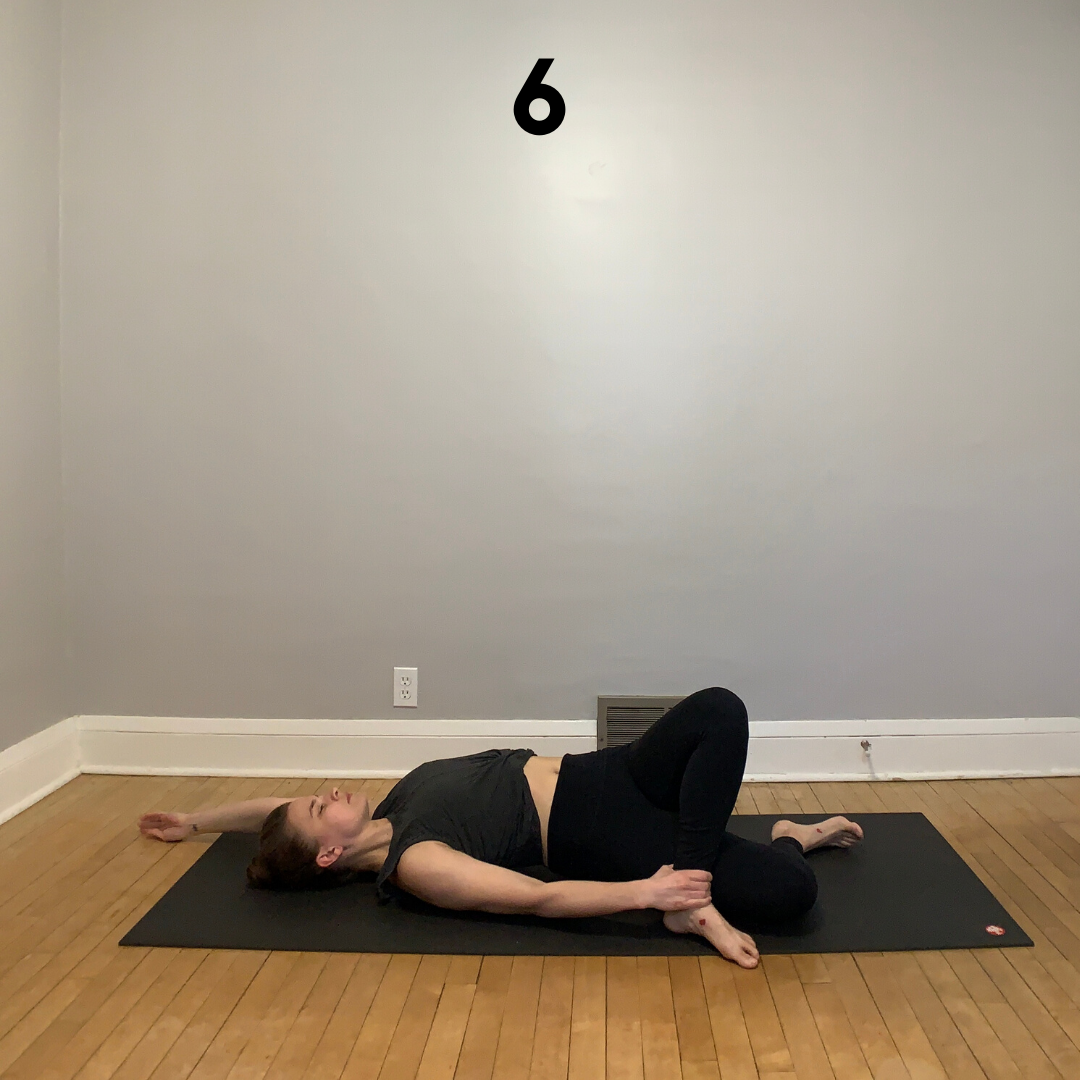Slow Down Before Sleep
There’s a number of things I’m pretty good at and sleeping is not one of them.
As I’ve gotten older, I’ve noticed it has become harder for me to turn off my brain and stay asleep.
How about you? Do you have any pre-bedtime rituals that help you turn off your brain and drift off to dreamland? Have you thought about integrating a short yoga sequence into your pre-bedtime routine?
Consider trying on these shapes and see how it feels!
1 - Supported Standing Forward Fold
Sometimes referred to as Dangle Pose in Yin Yoga practices, this shape gives your spine an opportunity to lengthen and decompress without much effort.
Stand with your feet hip-width apart or wider. Hinge forward from your hips and let your knees bend as much as they want. To add support to the shape, place a block (or stacked blocks) under the crown of your head. Be sure your block is at a height that doesn’t create stress or stiffness in your neck.
Let your arms and hands simply dangle. If your hands don’t easily touch the floor, consider resting them on blocks to bring the floor higher.
Stay in the shape for 10 slow breaths.
2 - Legs Up the Wall
You’ll need access to a wall or the back of a door for this one.
Scoot your tail close to the wall (your tail might actually touch if that feels right for you) and lift your legs straight up the wall. I prefer to place something under my sacrum like a bolster or folded blanket, and this can be done with your pelvis flat on the floor.
It can helpful to find that sweet spot where your legs are positioned directly over your hip sockets. Let your feet, ankles, and legs just relax and enjoy!
Hang out for as long as you’d like! You can also play with bending your knees outward and connecting the soles of your feet to position your legs in a butterfly-like position.
3 - Half Prone Frog
Lay on your belly and stack your forearms in front of you to support your forehead. Bend one knee to about 90 degrees and move your leg to the side. The angle of your knee and the height of your thigh is totally based on your comfort level.
Speaking of comfort - I prefer to put a bolster or blanket under the bent knee to create some cushion under the knee joint. Elevating the knee, however, can increase the stretch you might feel in your inner hip and thigh.
Settle into each side for a couple minutes.
4 - 90/90 Stretch
Also known as my favorite Half Pigeon alternative.
Take a seat on your tail and position your right leg forward with your knee at approximately a 90 degree angle. Your shin might be parallel-ish to the short edge of your mat. Allow most of your weight to be over on your right hip and place your left leg behind you with your left shin parallel-ish to the long edge of your mat.
If folding forward feels right, consider placing a block or stacked blocks under your forehead.
You might stay in the shape for a couple minutes per side.
5 - Easy Supine Twist
Lay on your back with your knees bent and your feet on your mat. Shift your pelvis a little to the right and release both of your knees to the left. You might adjust your legs and stack your knees if that feels right.
You could place a blanket or foam block between your knees to create some separation between your knees. You can also stagger your legs if that feels best.
Since the intention is to prepare your body and mind for rest, let your arms go wherever it feels best. Turn your face in a direction that feels sustainable for your neck.
Take 5-10 breaths per side. You might release a few slow exhales through an open mouth.
6 - Supported Reclined Bound Angle Pose
Lay on your back with your knees bent. Connect the soles of your feet and let your knees drop wide. Place a block, folded blanket, or bolster under each knee or thigh. Let your hands and arms rest wherever if feels best.
You can stay as long as you like! You might even drift away while settling into this one.
Sleep well!












